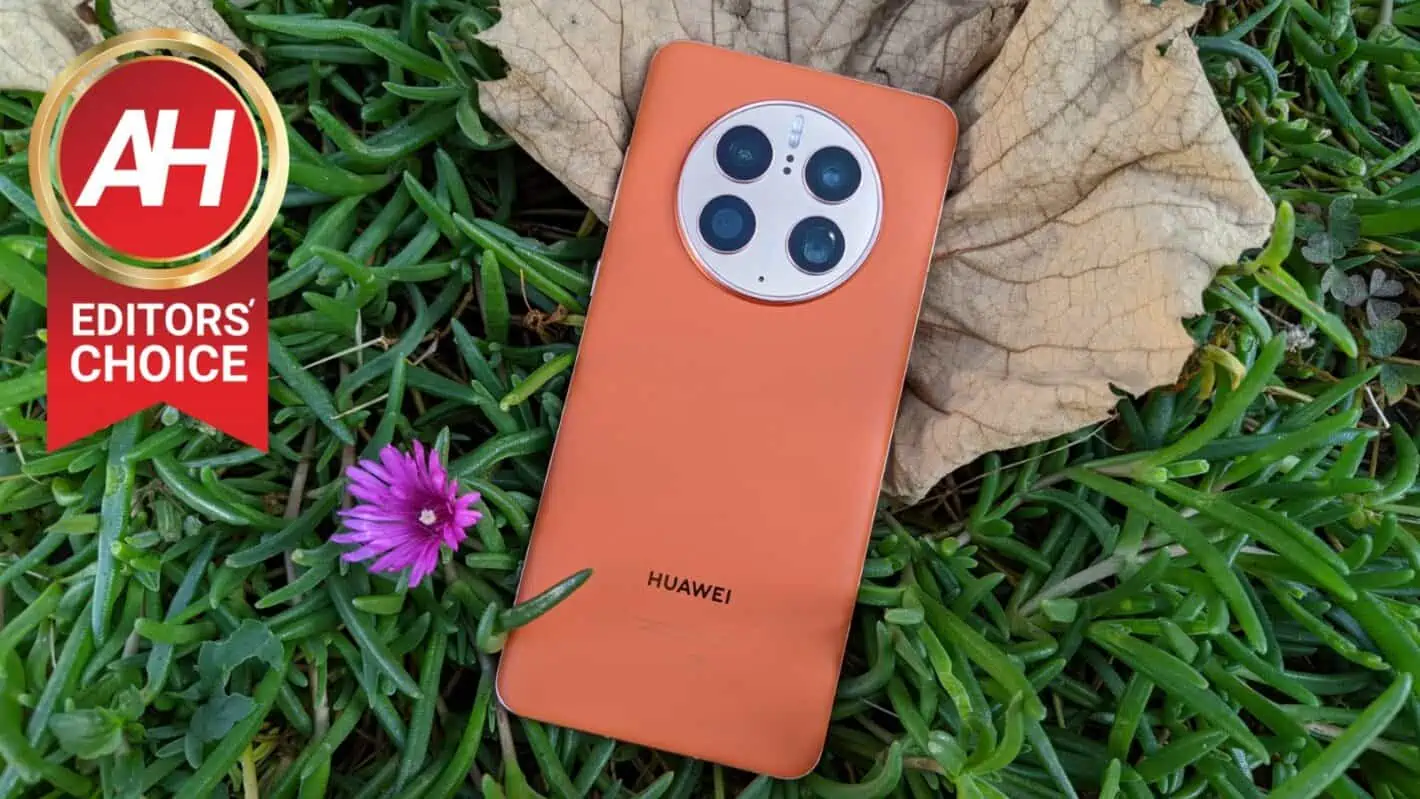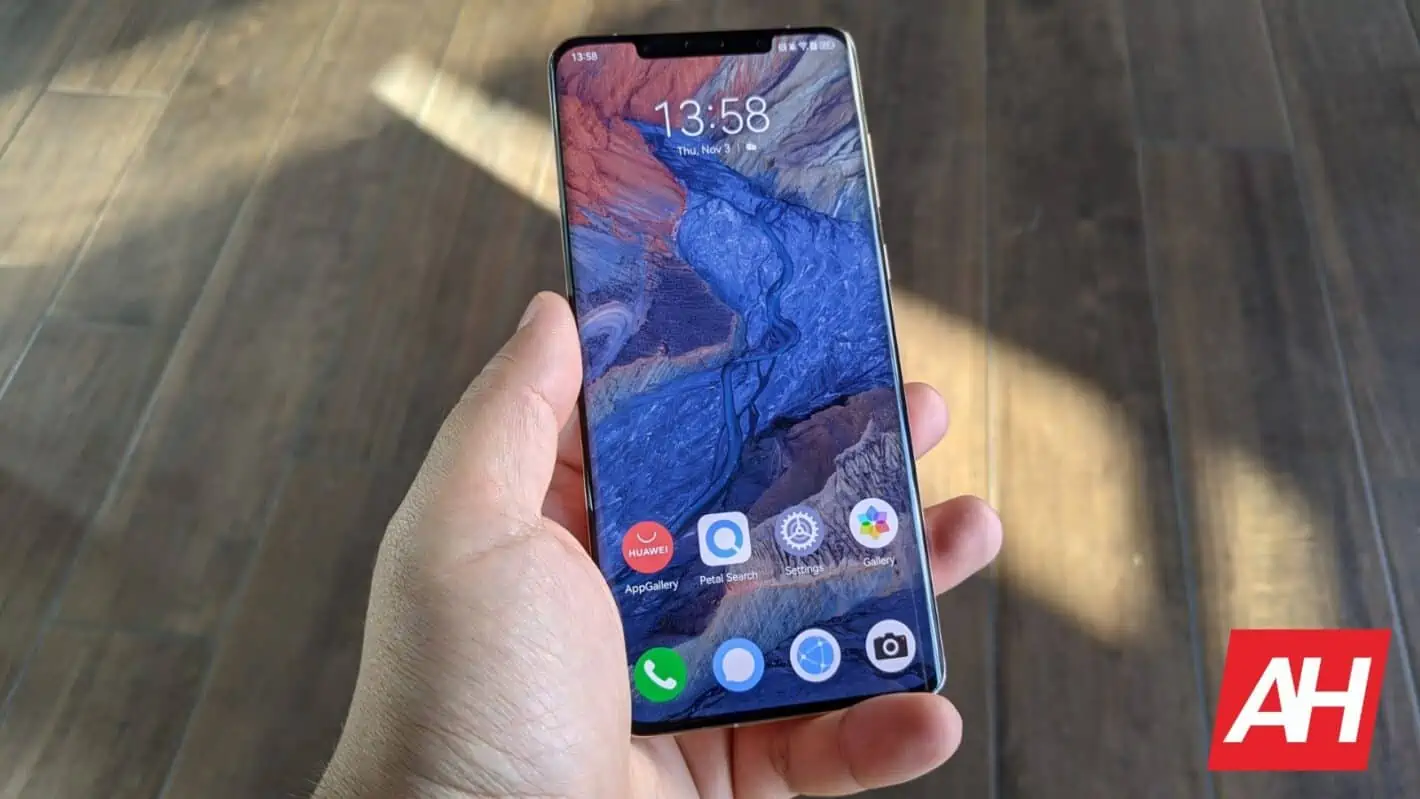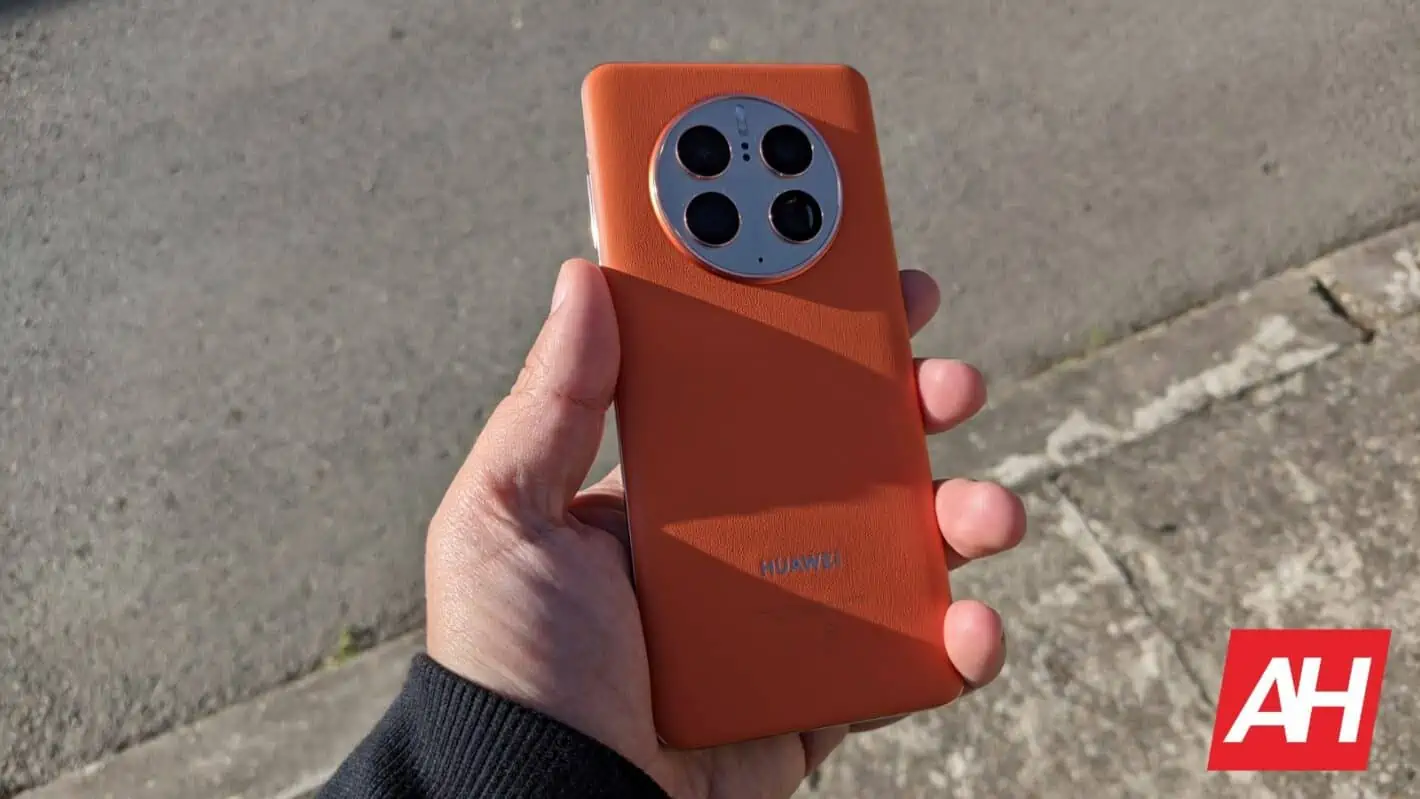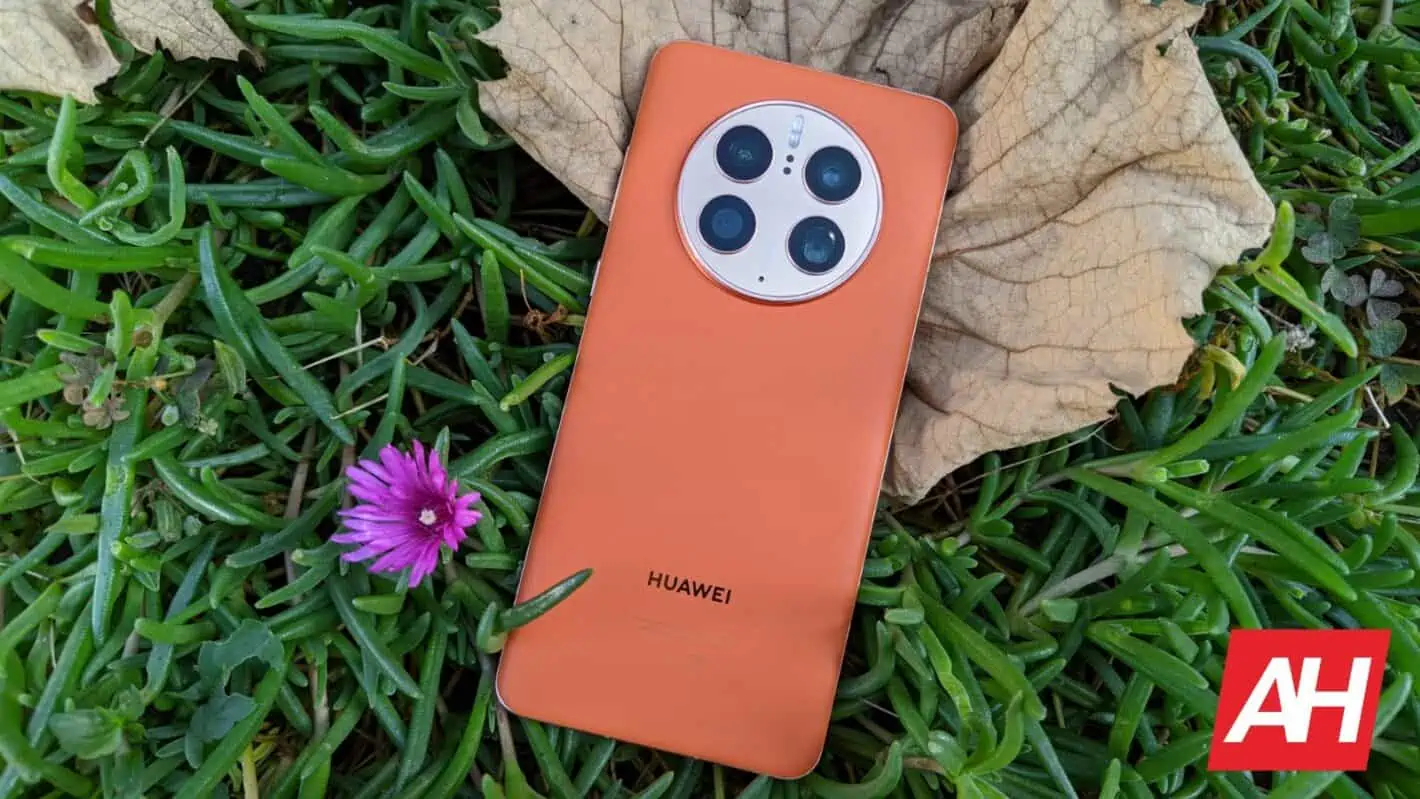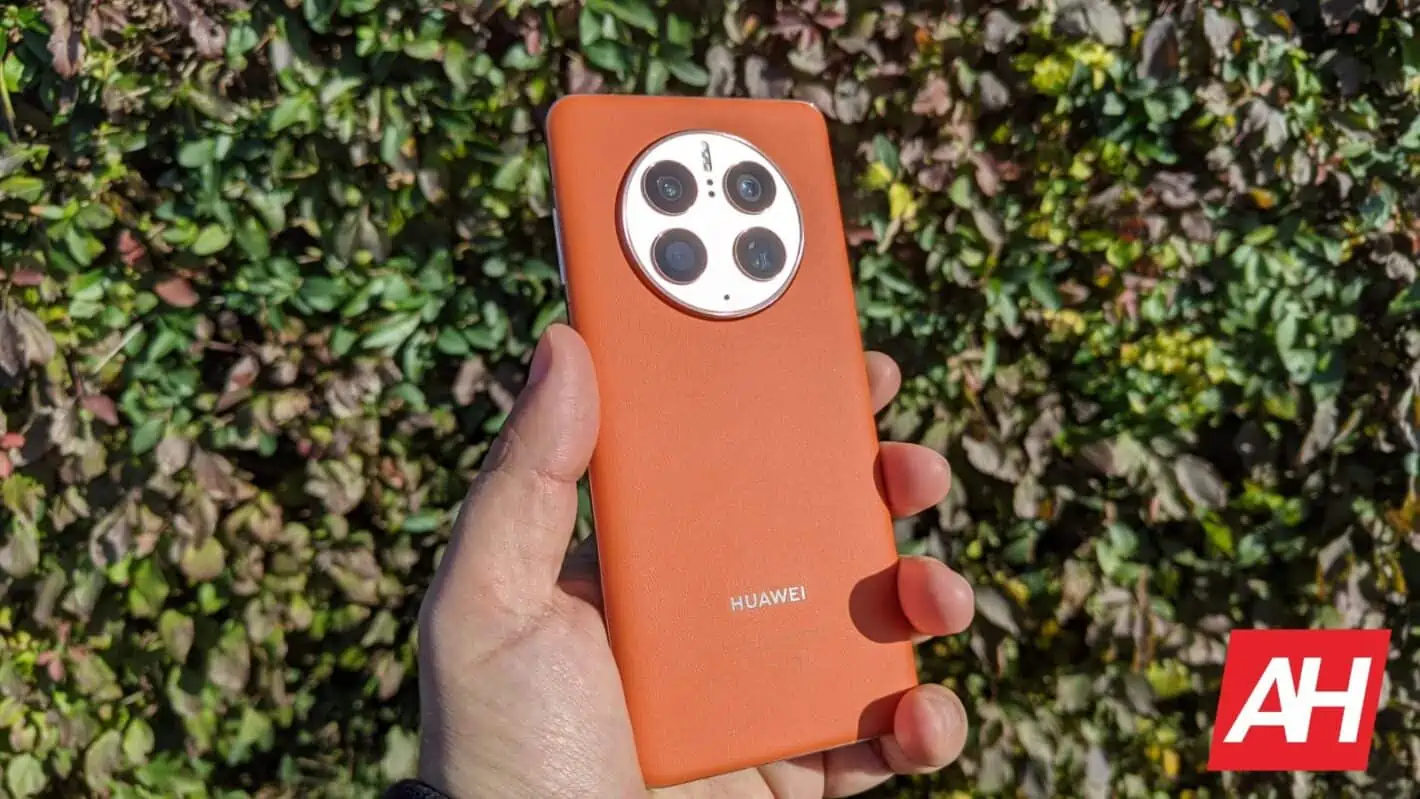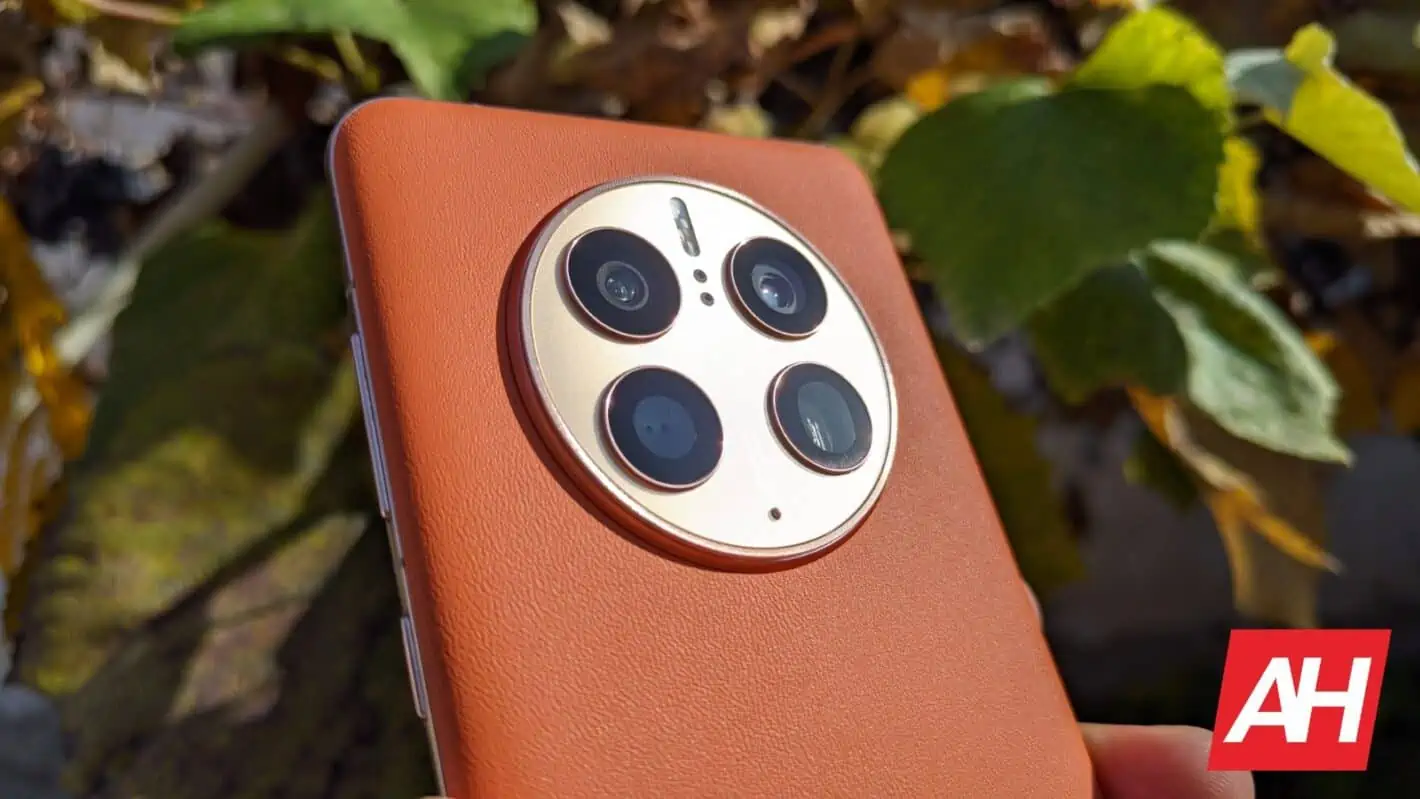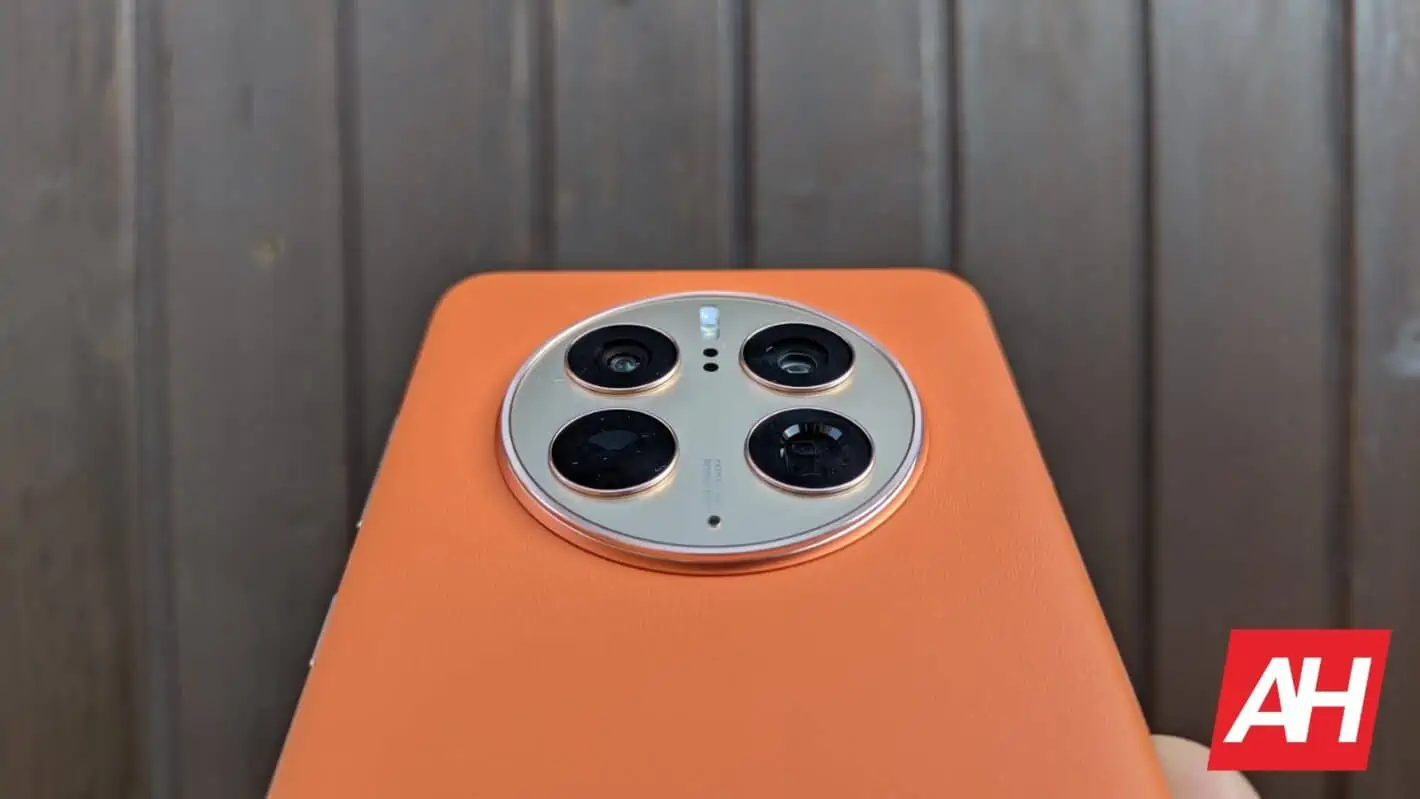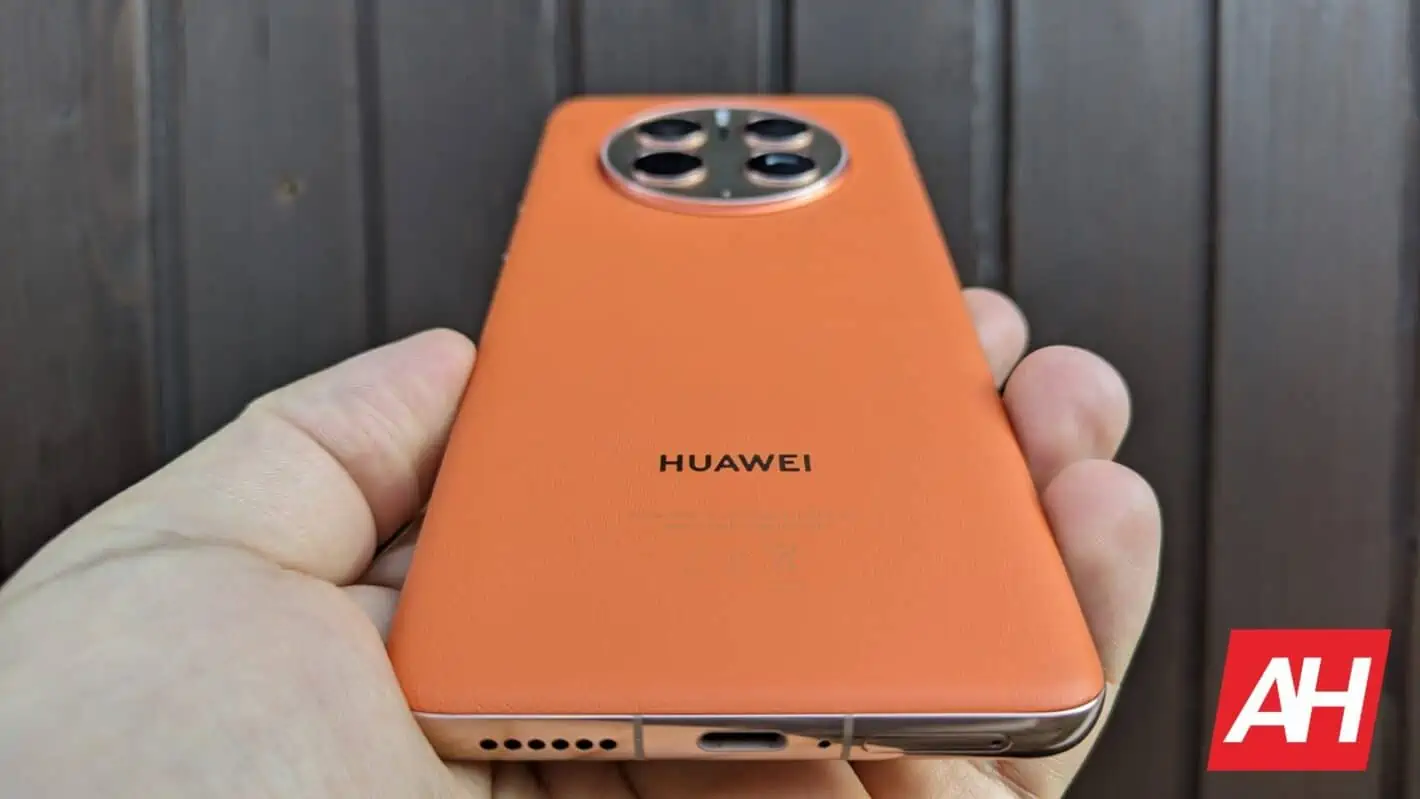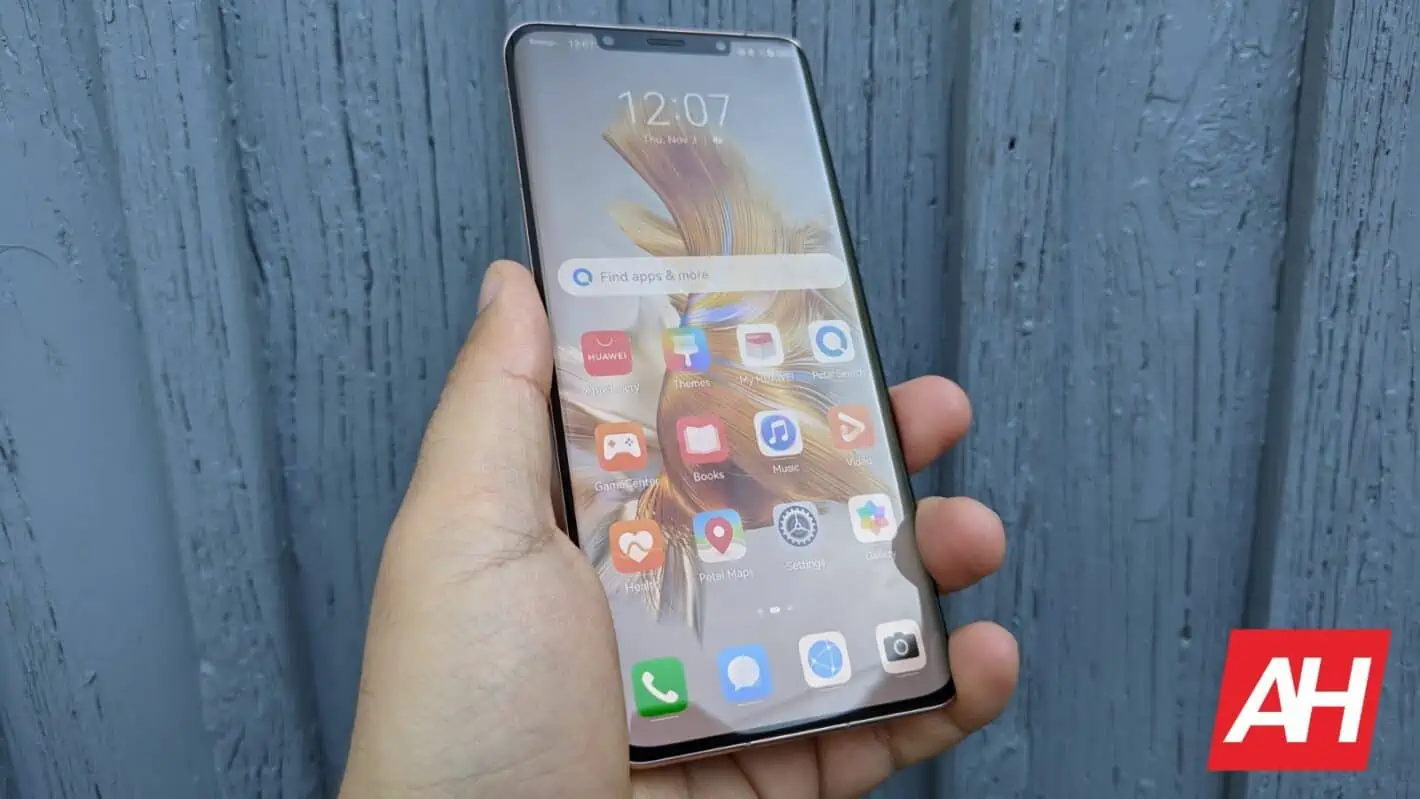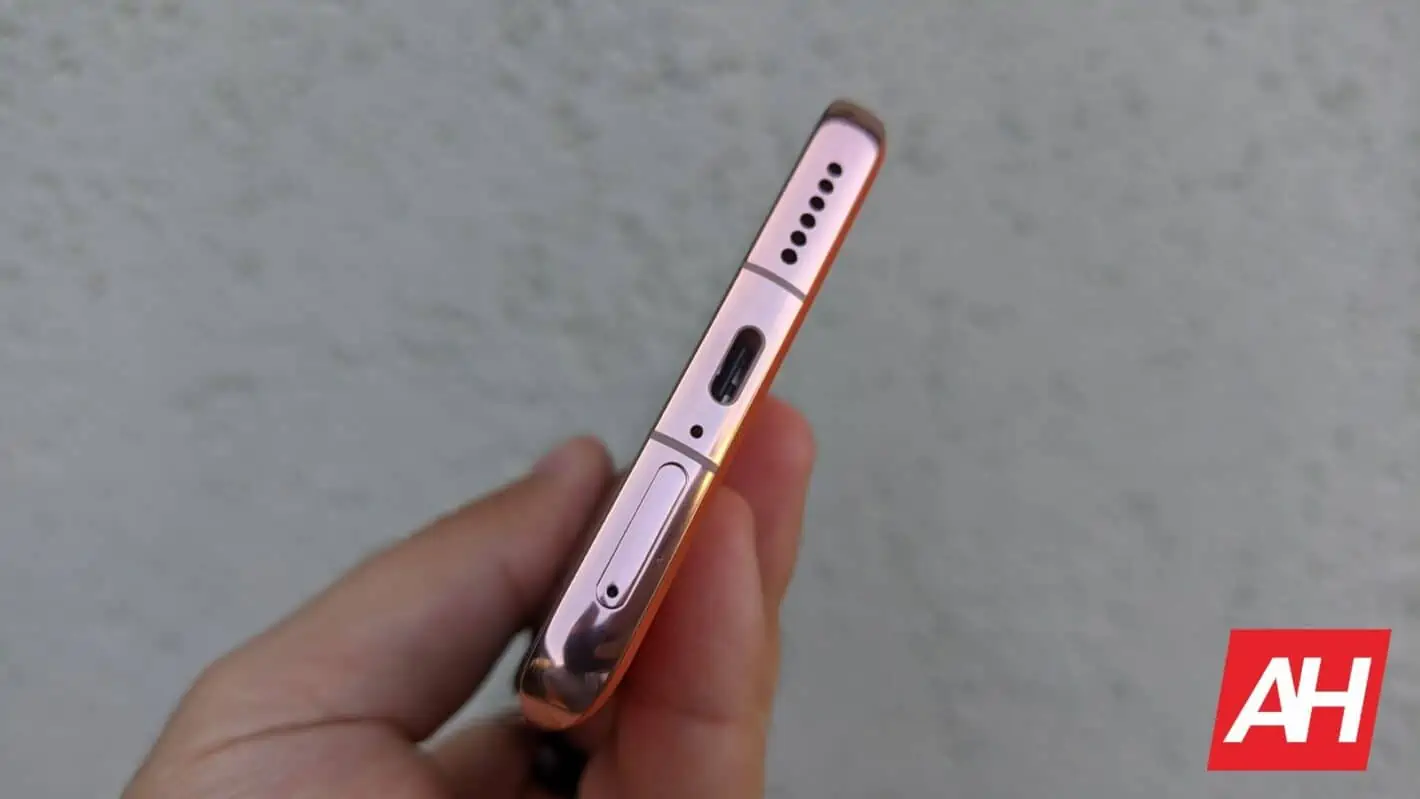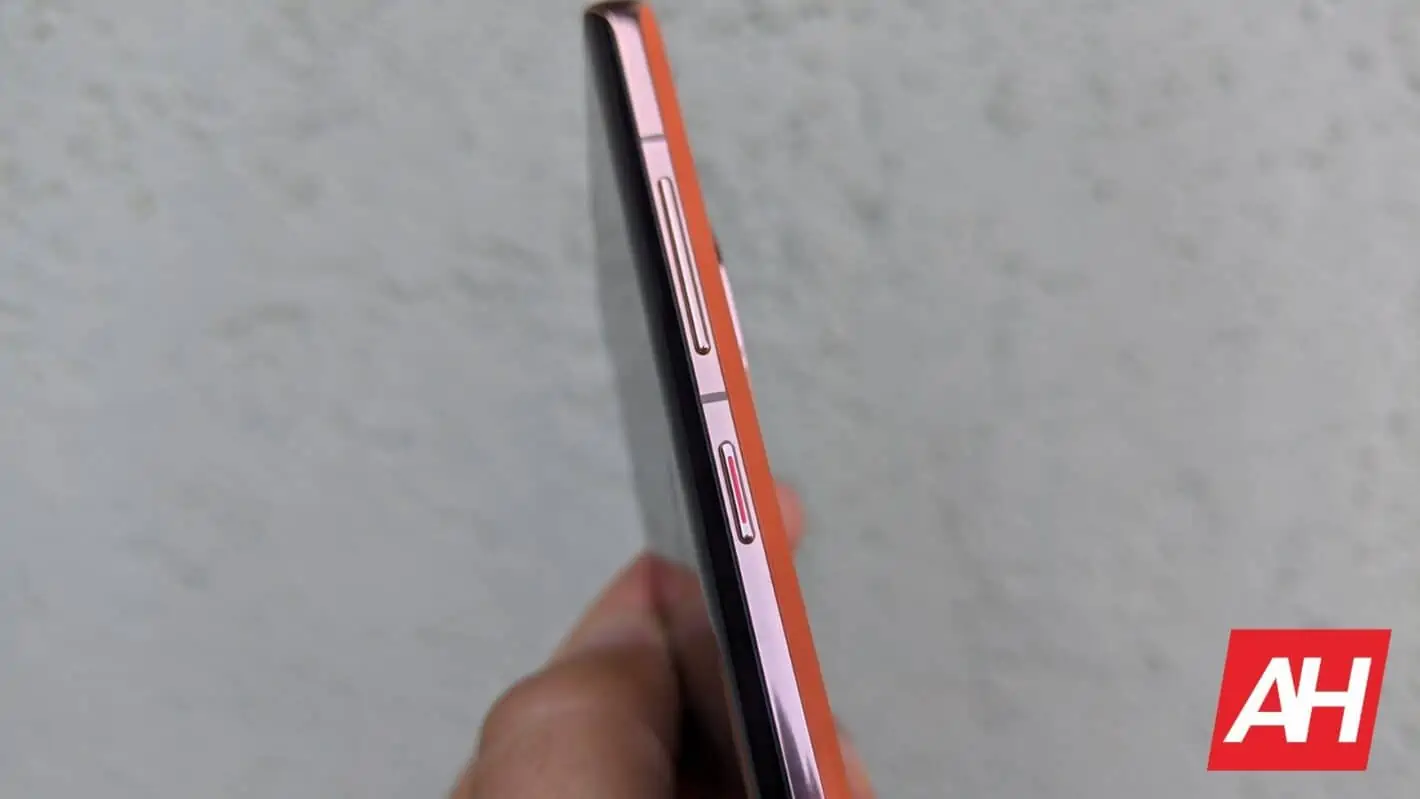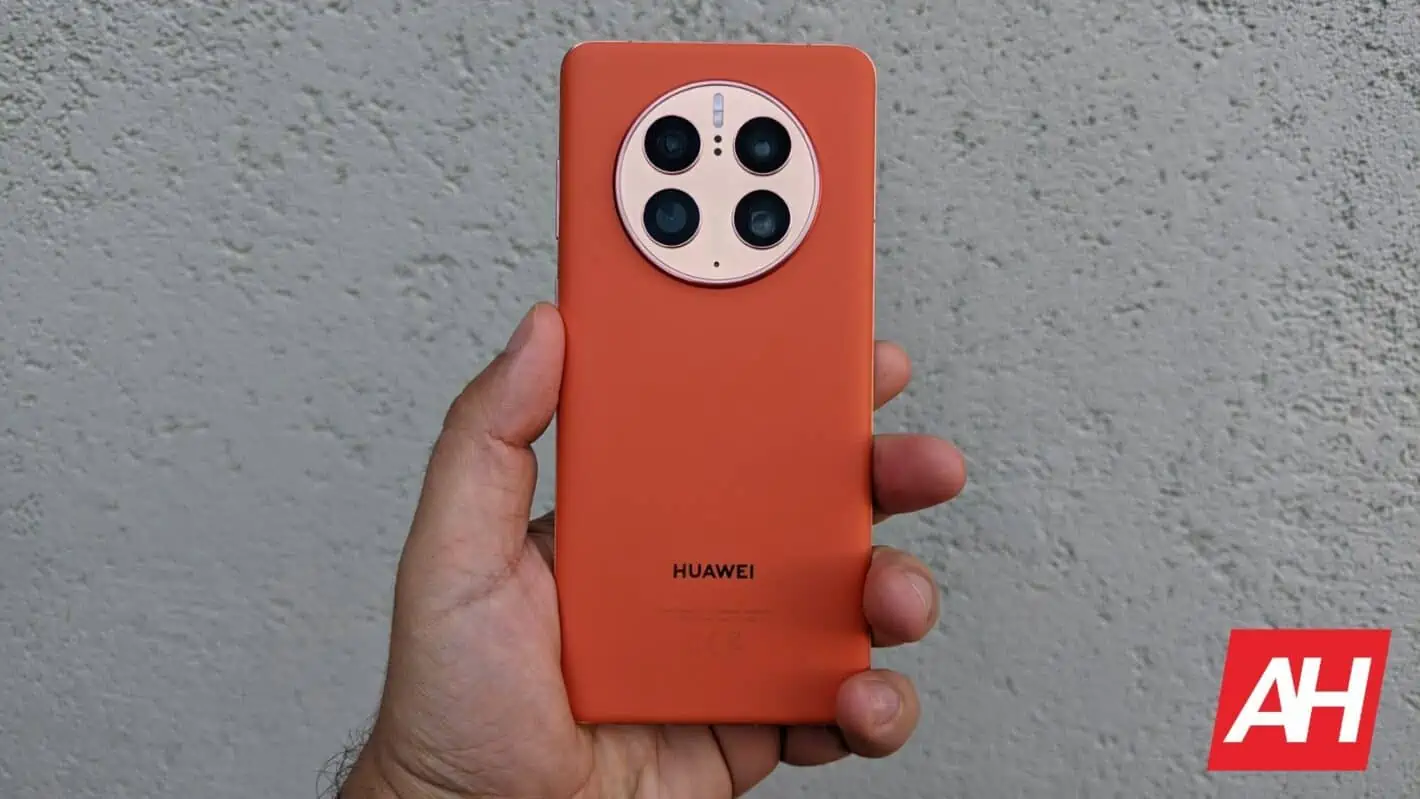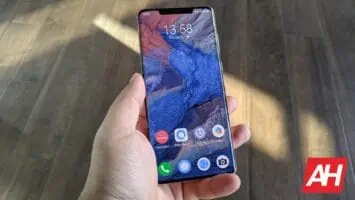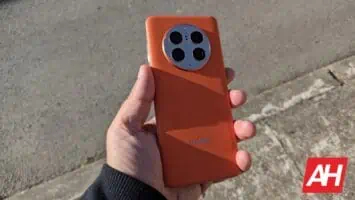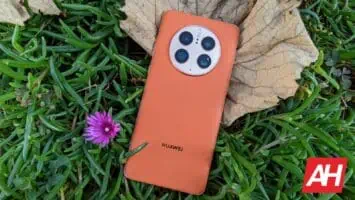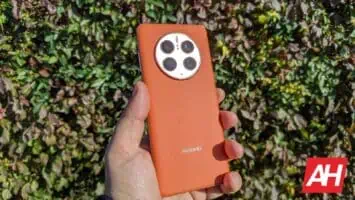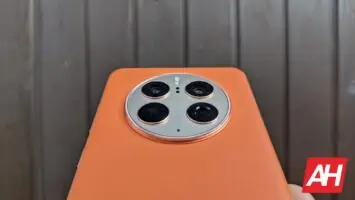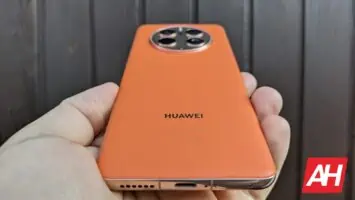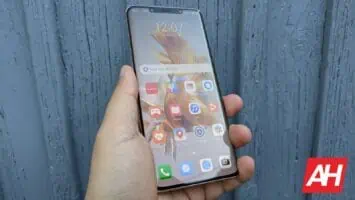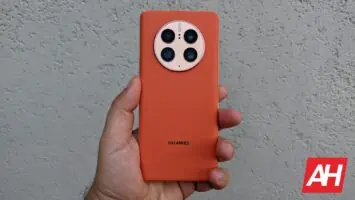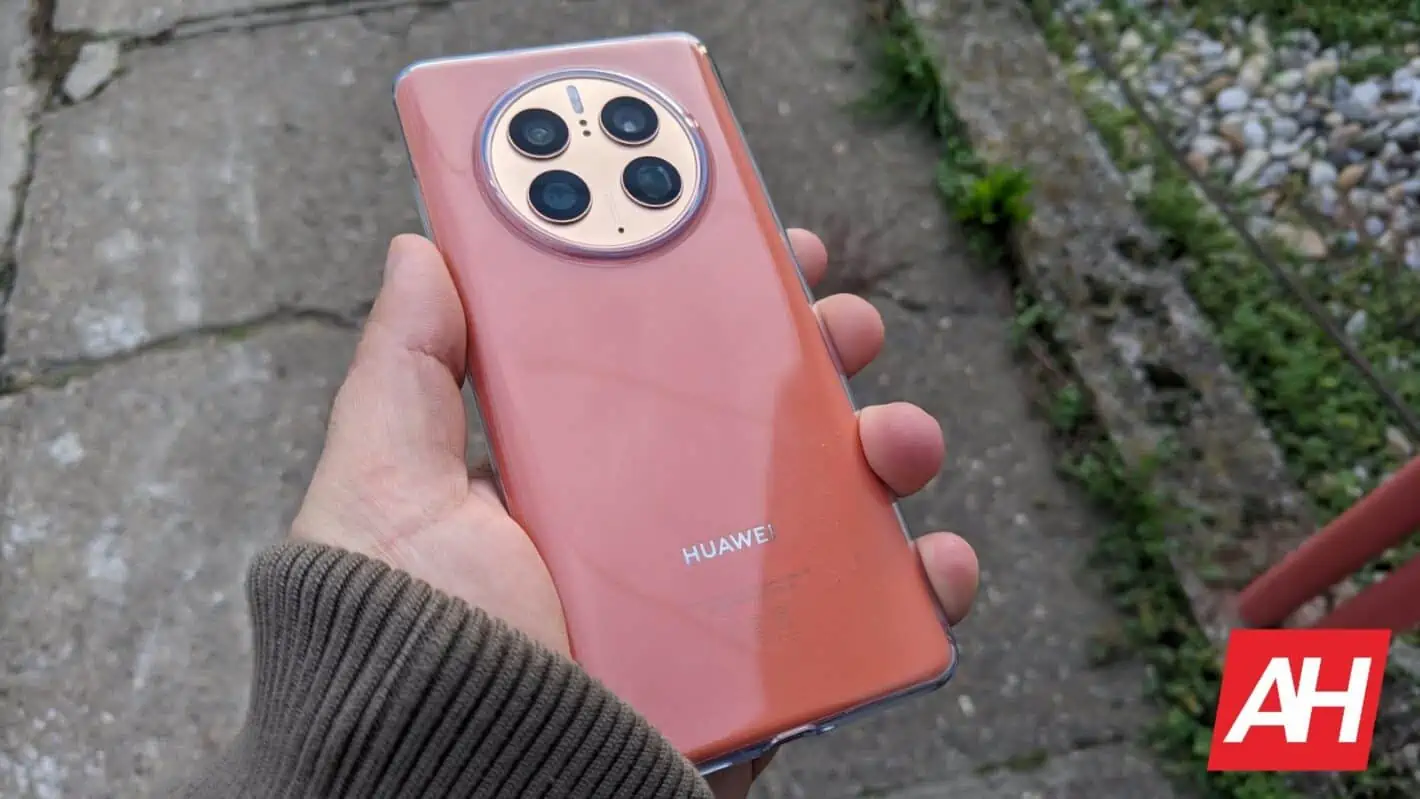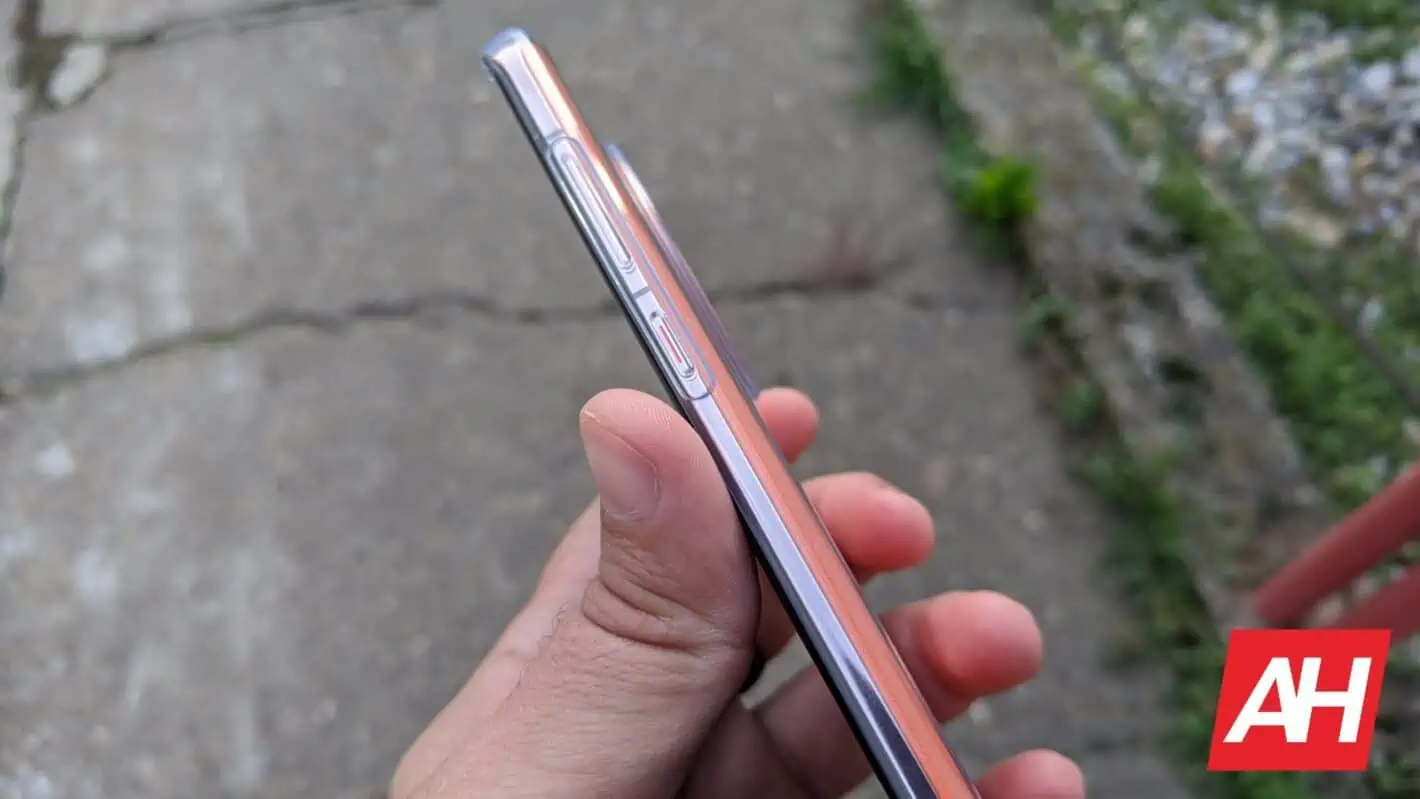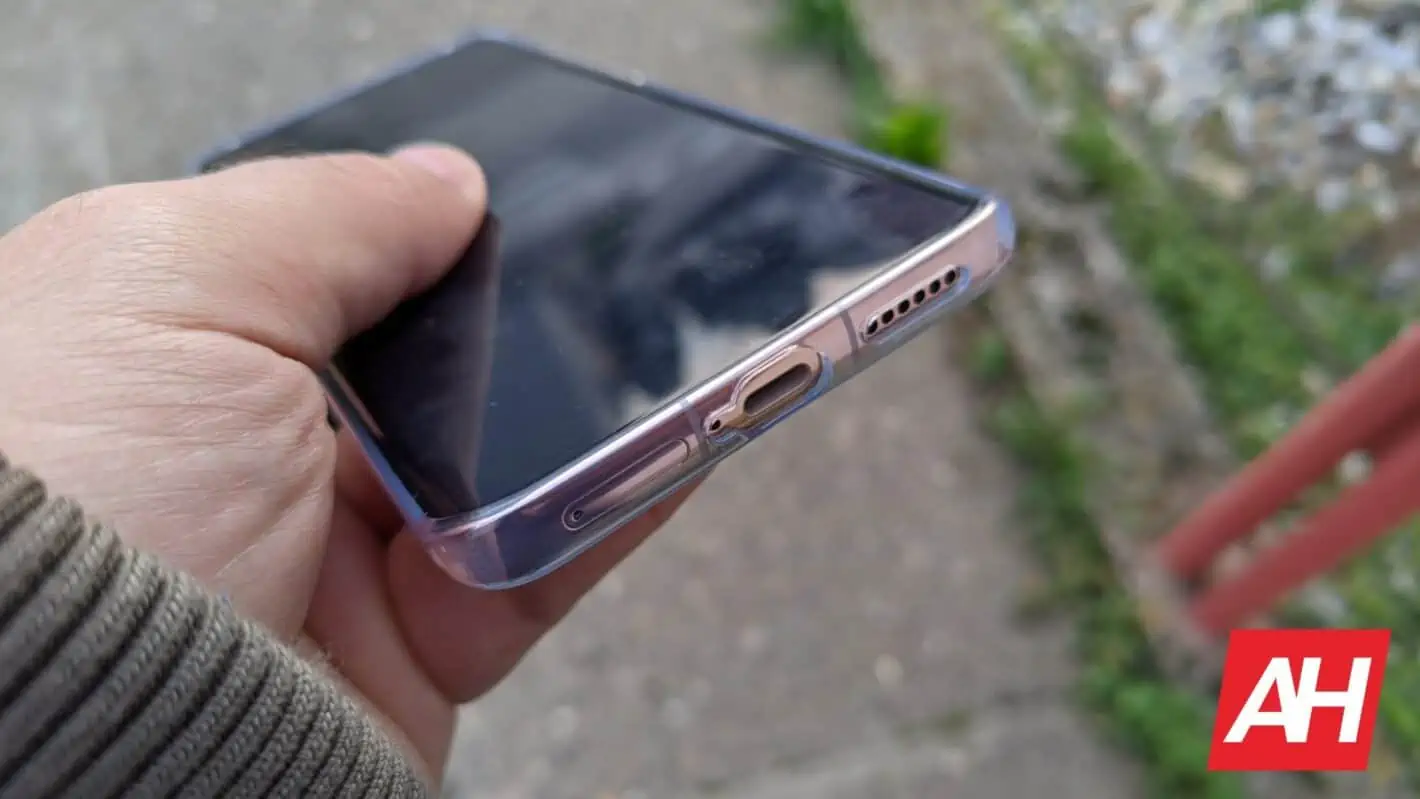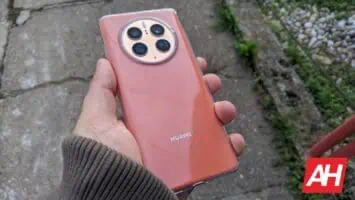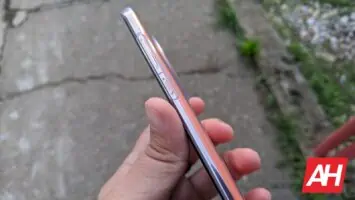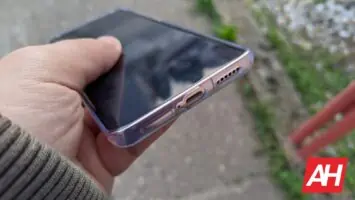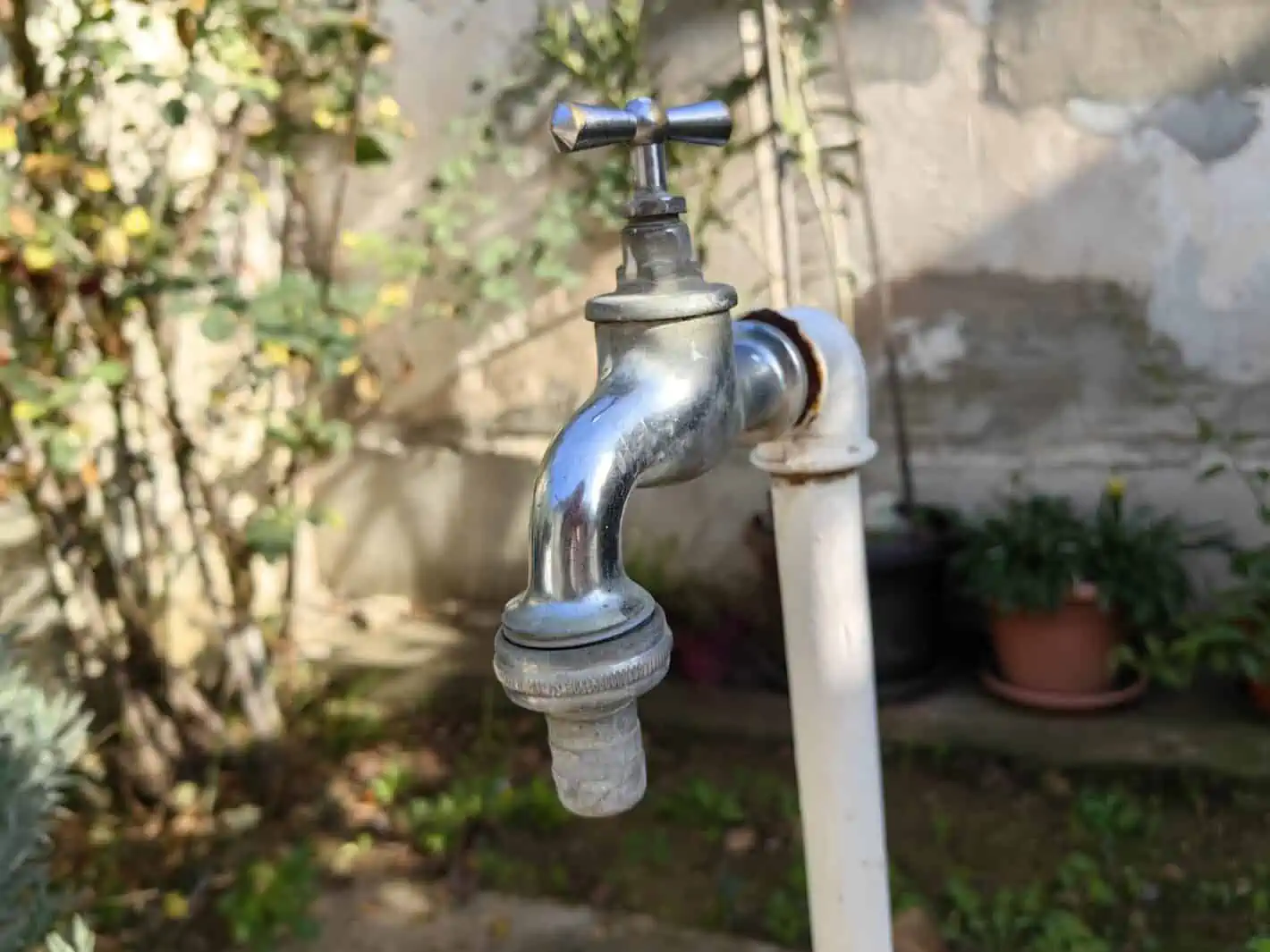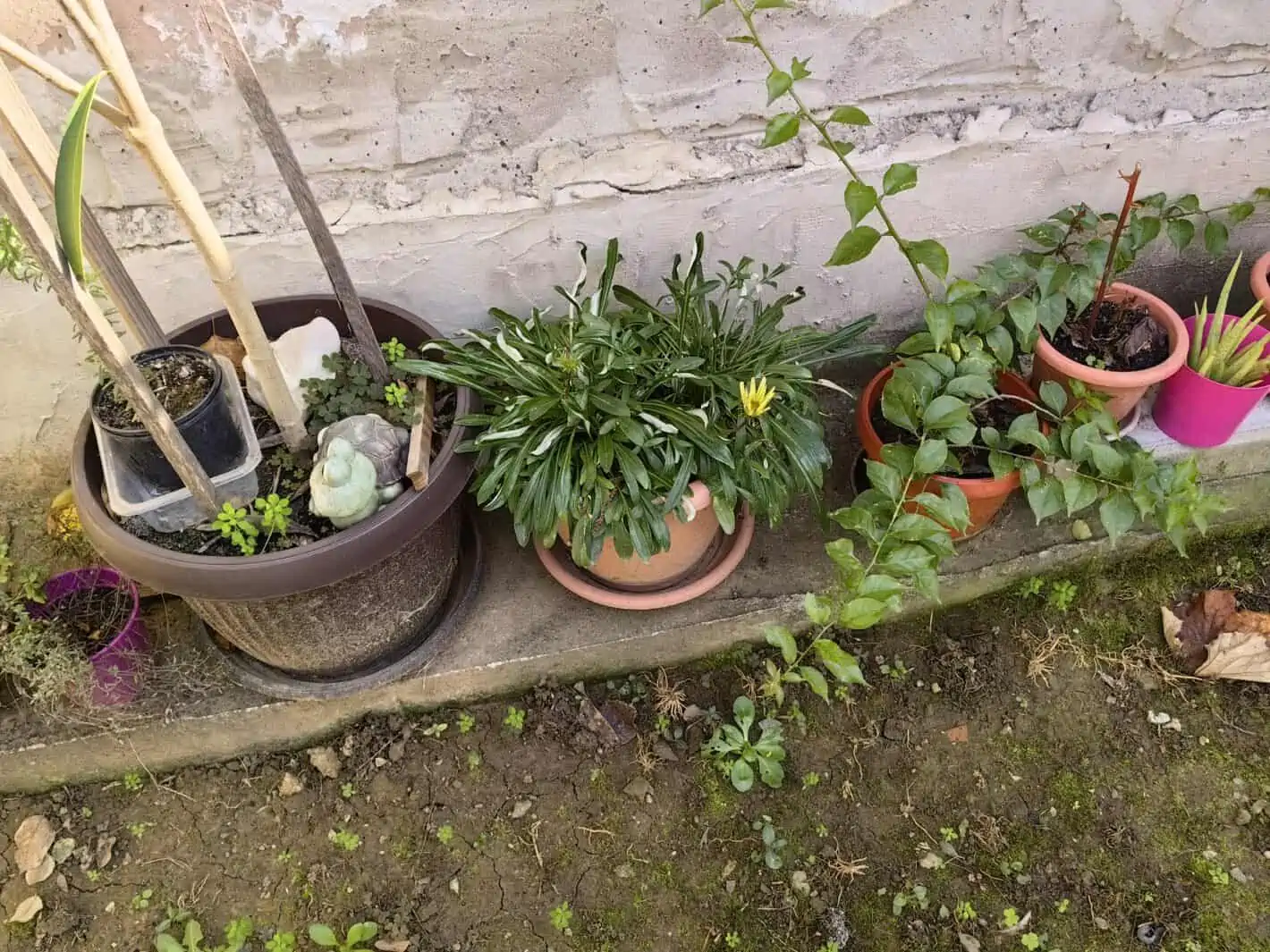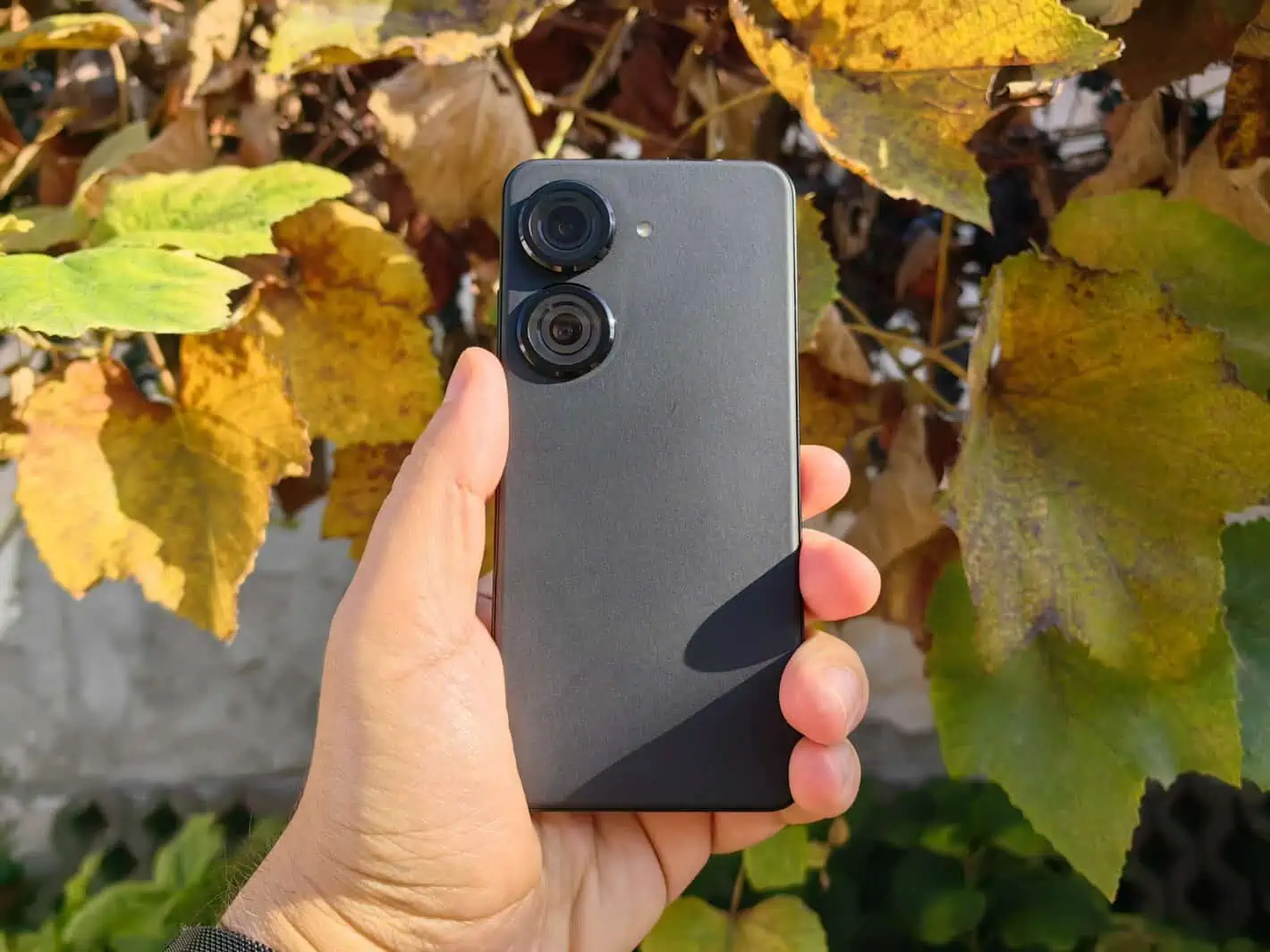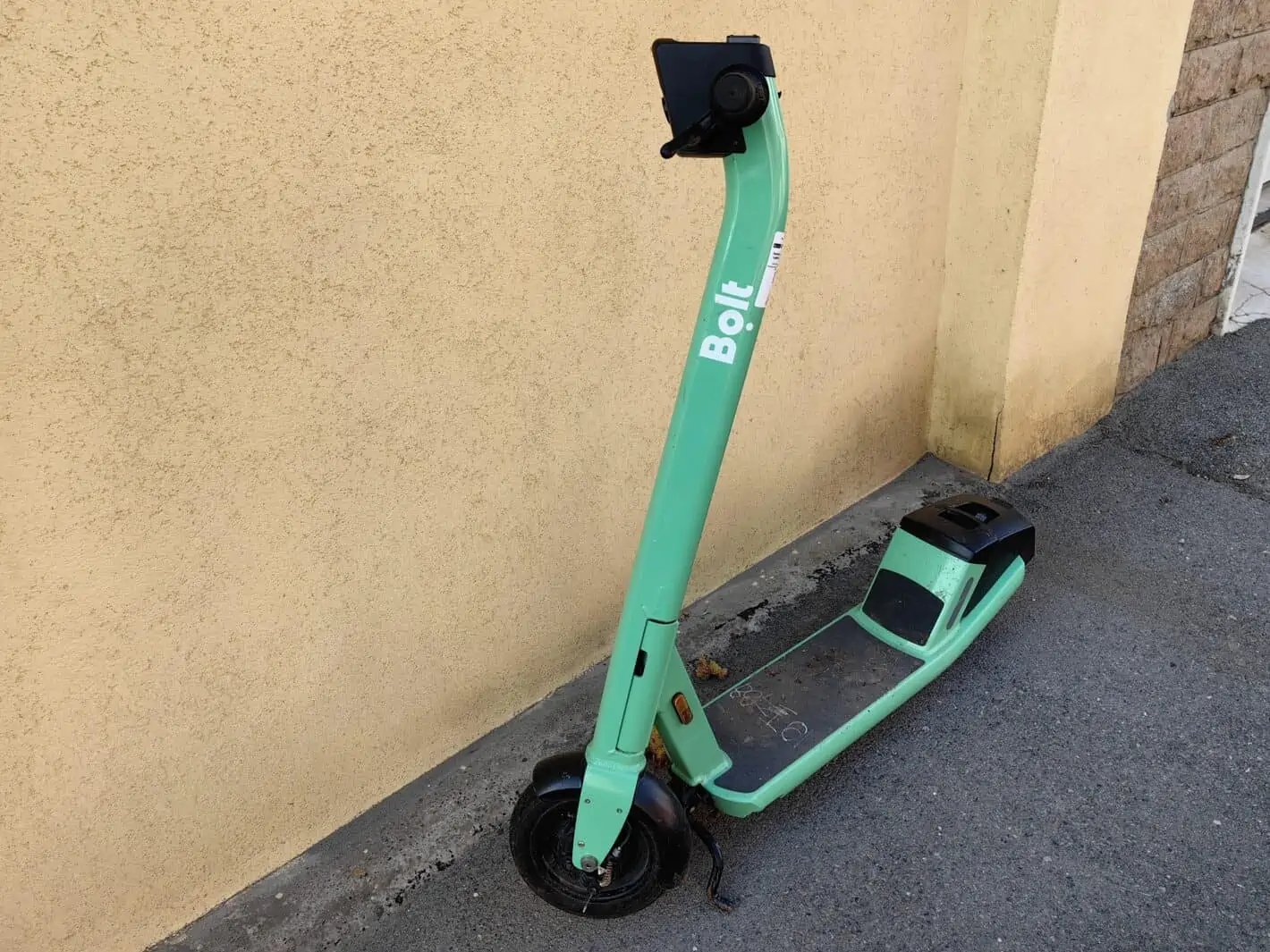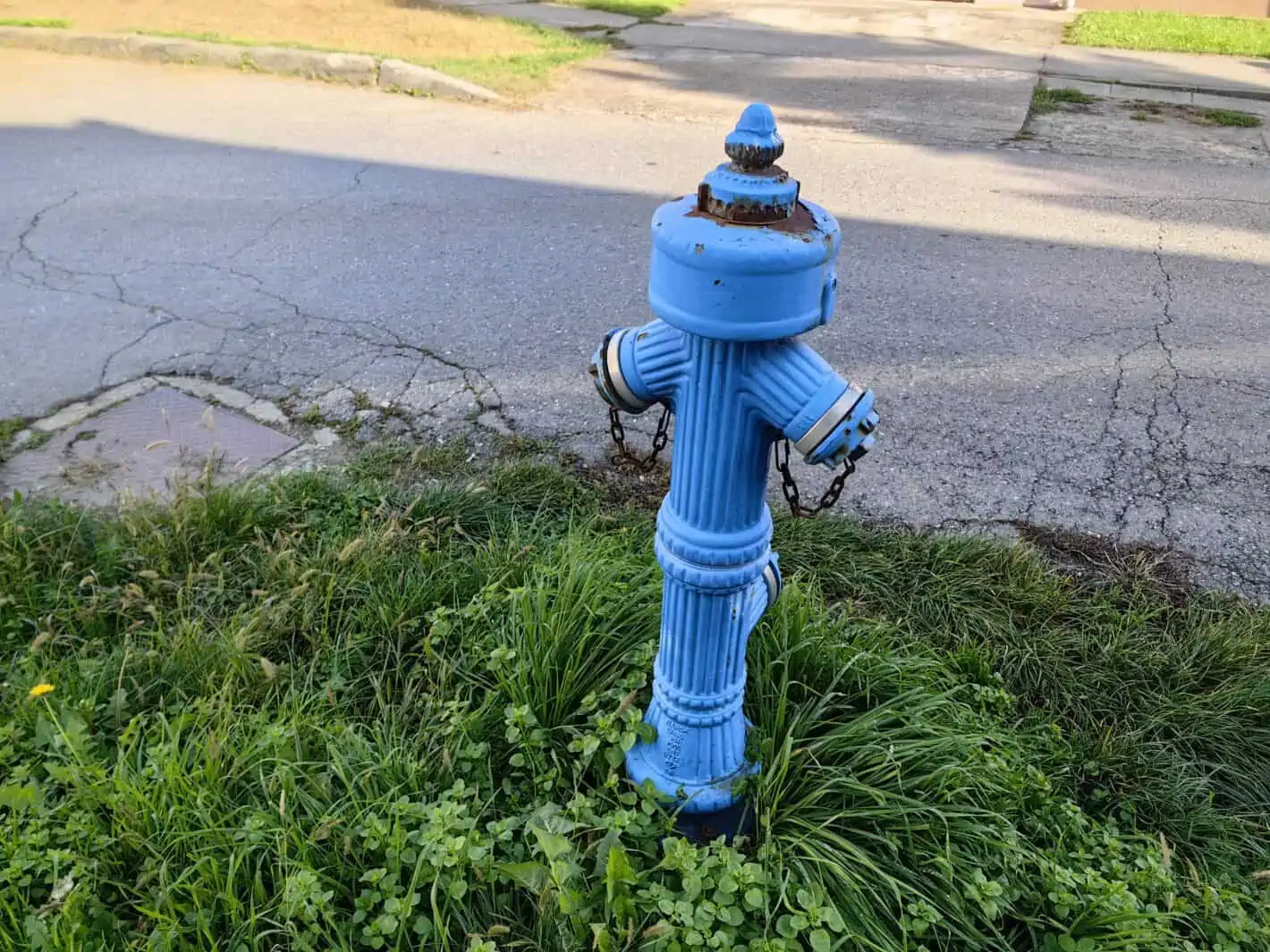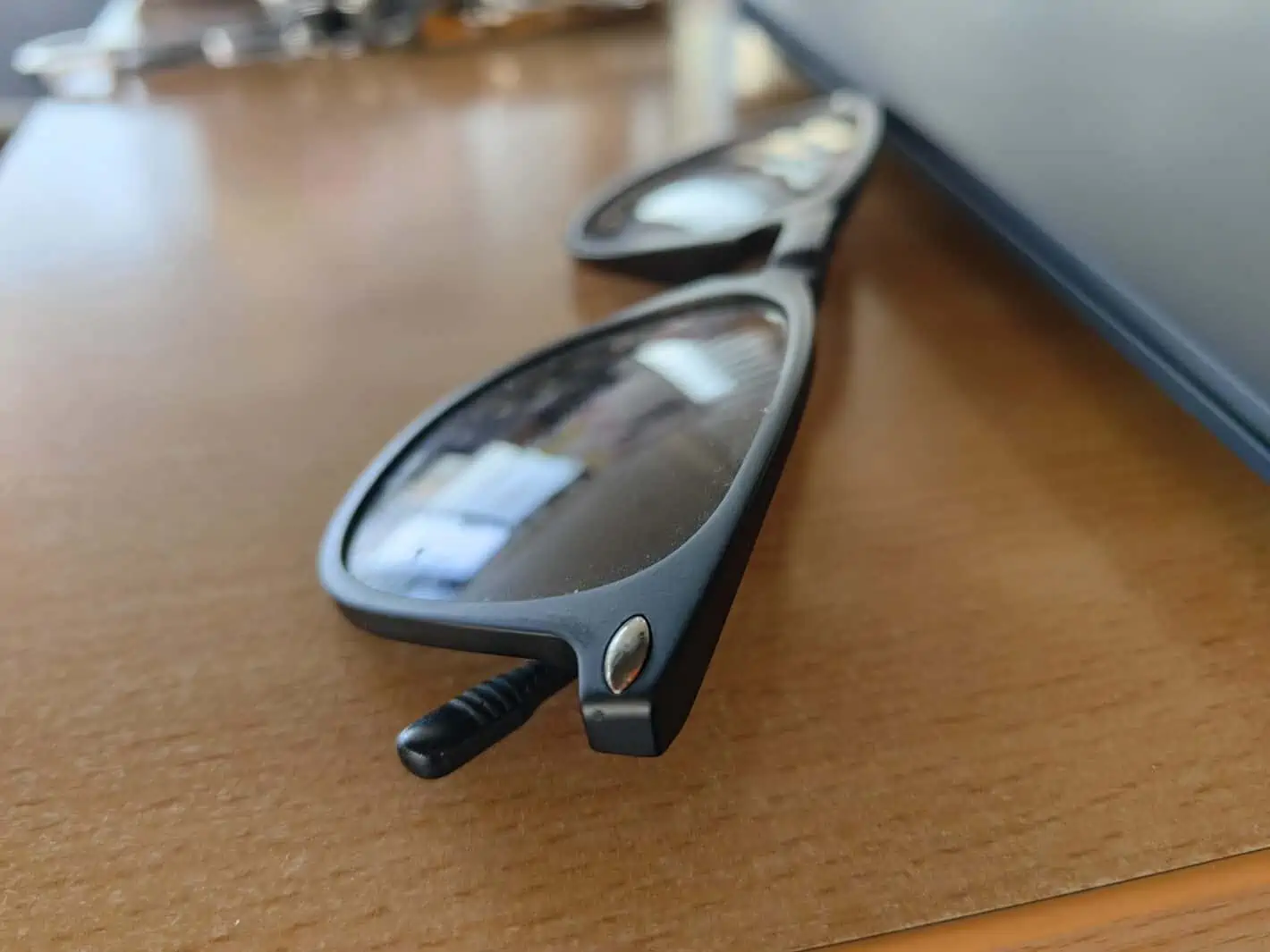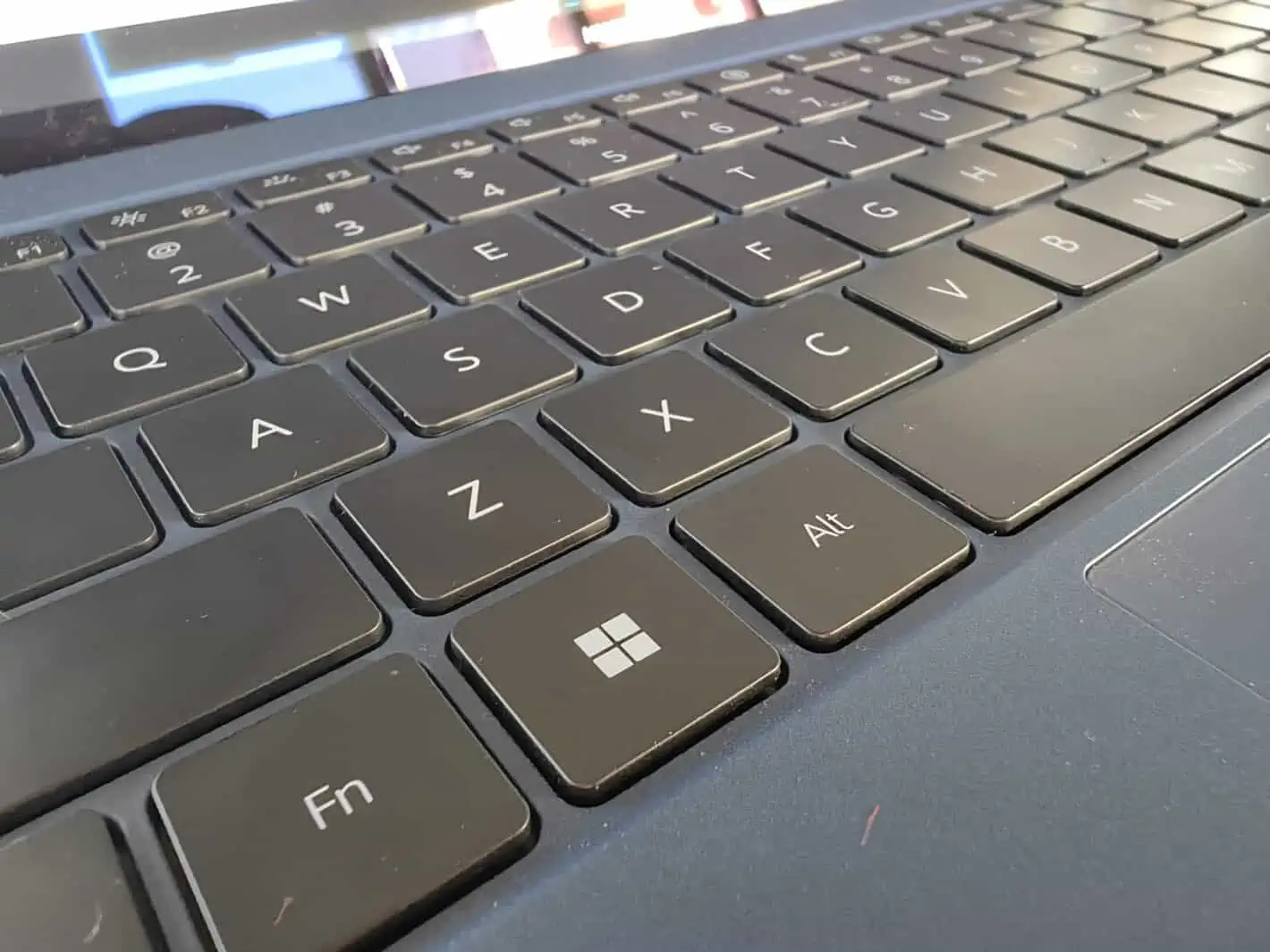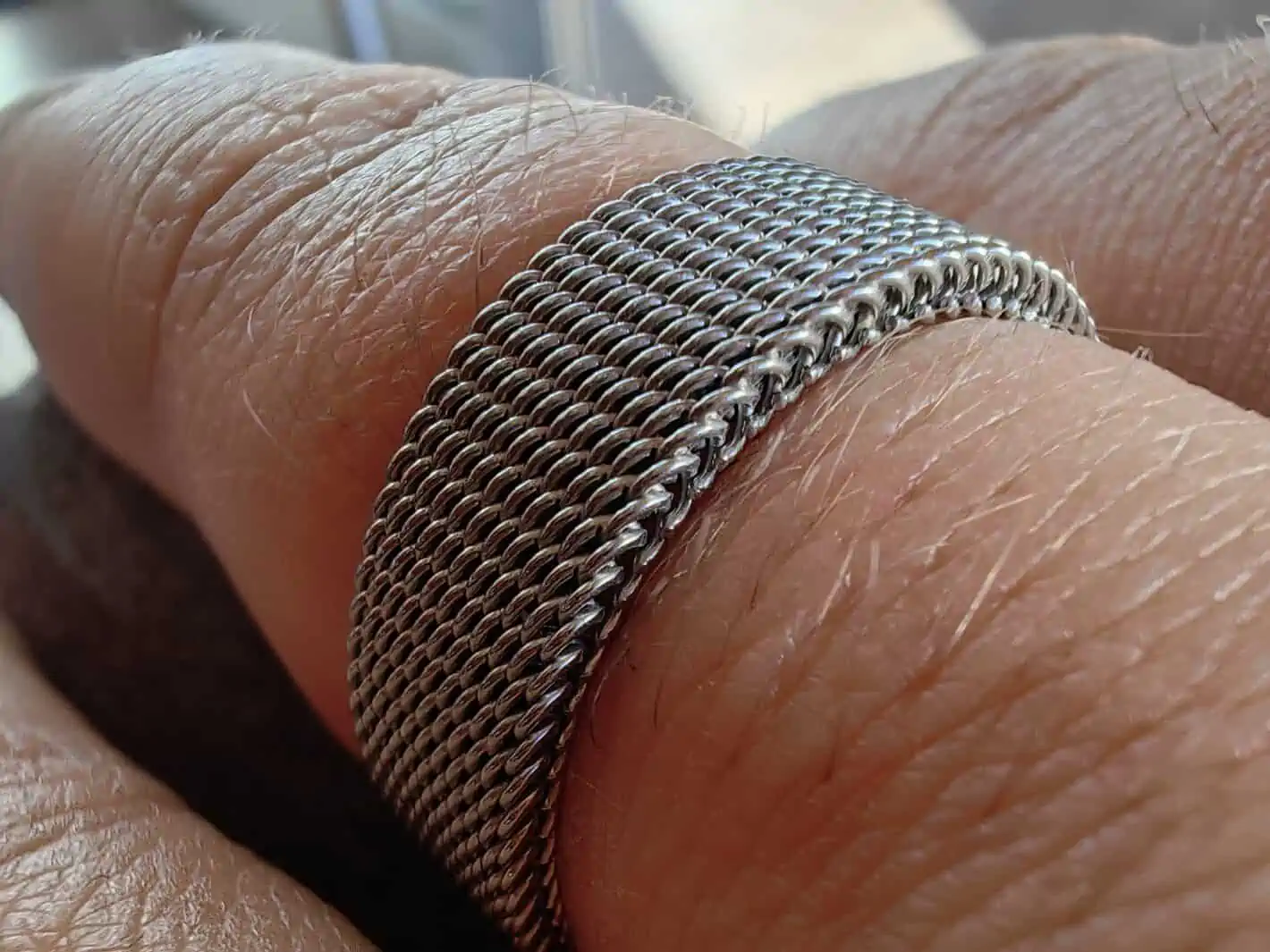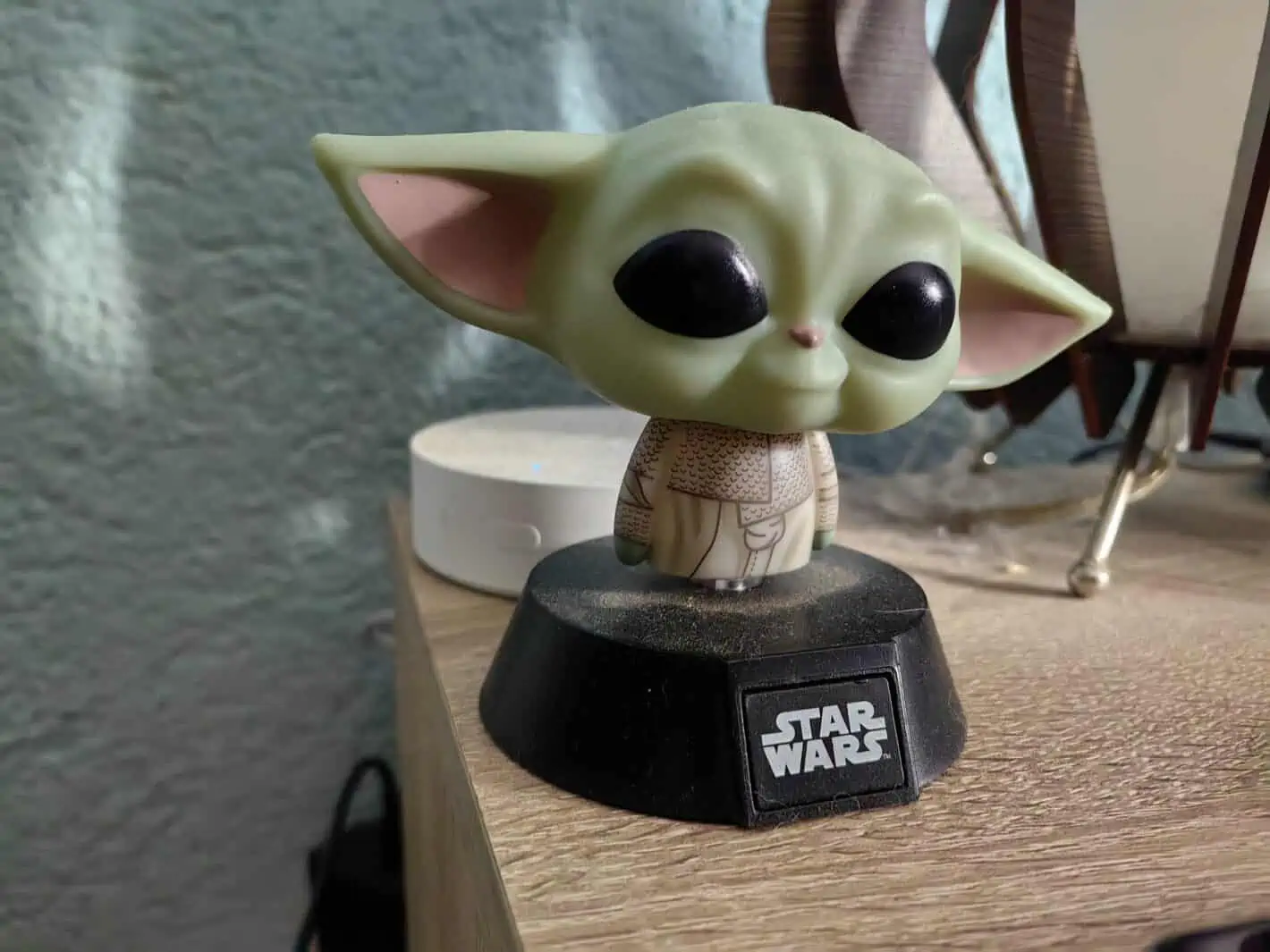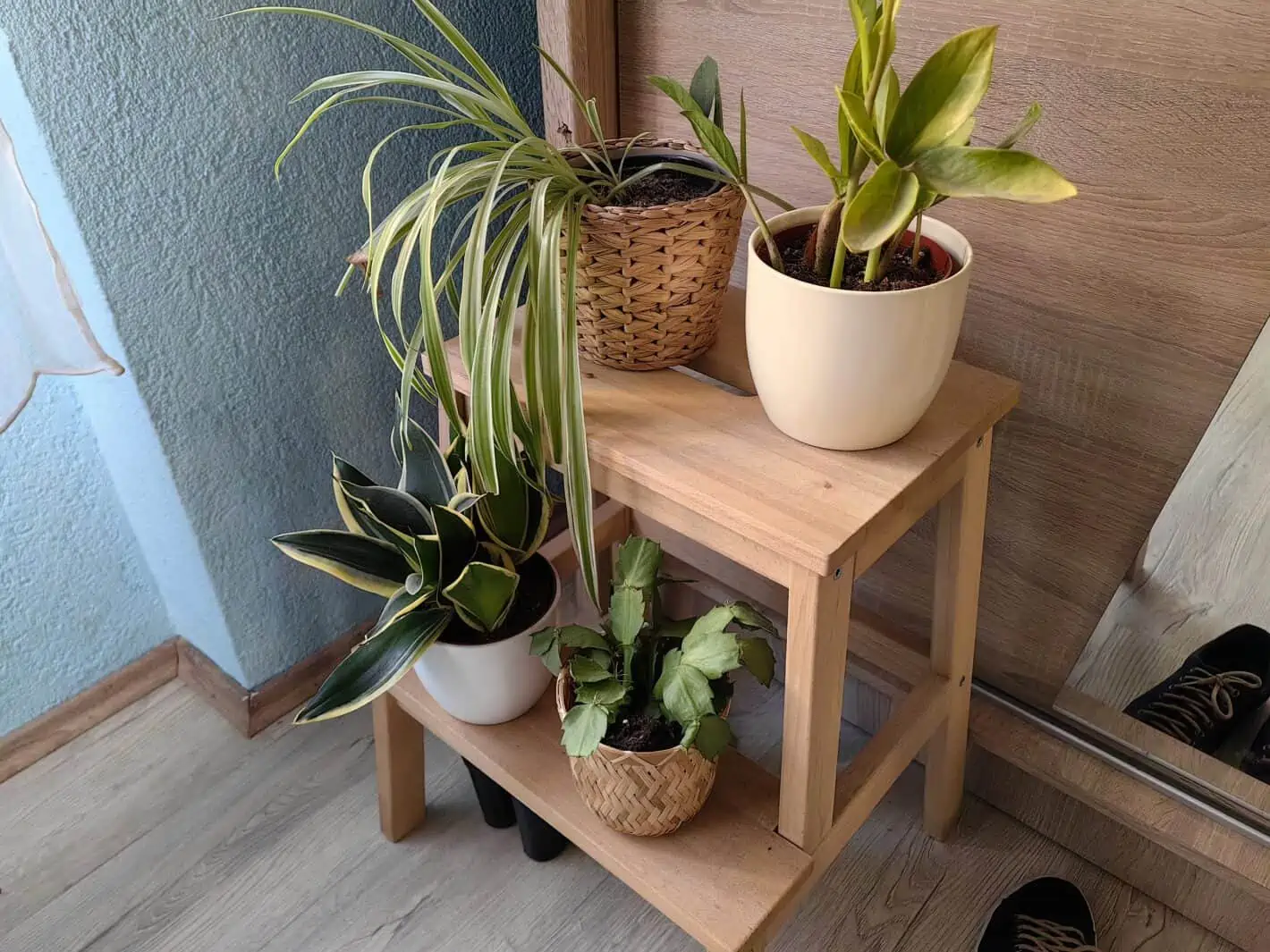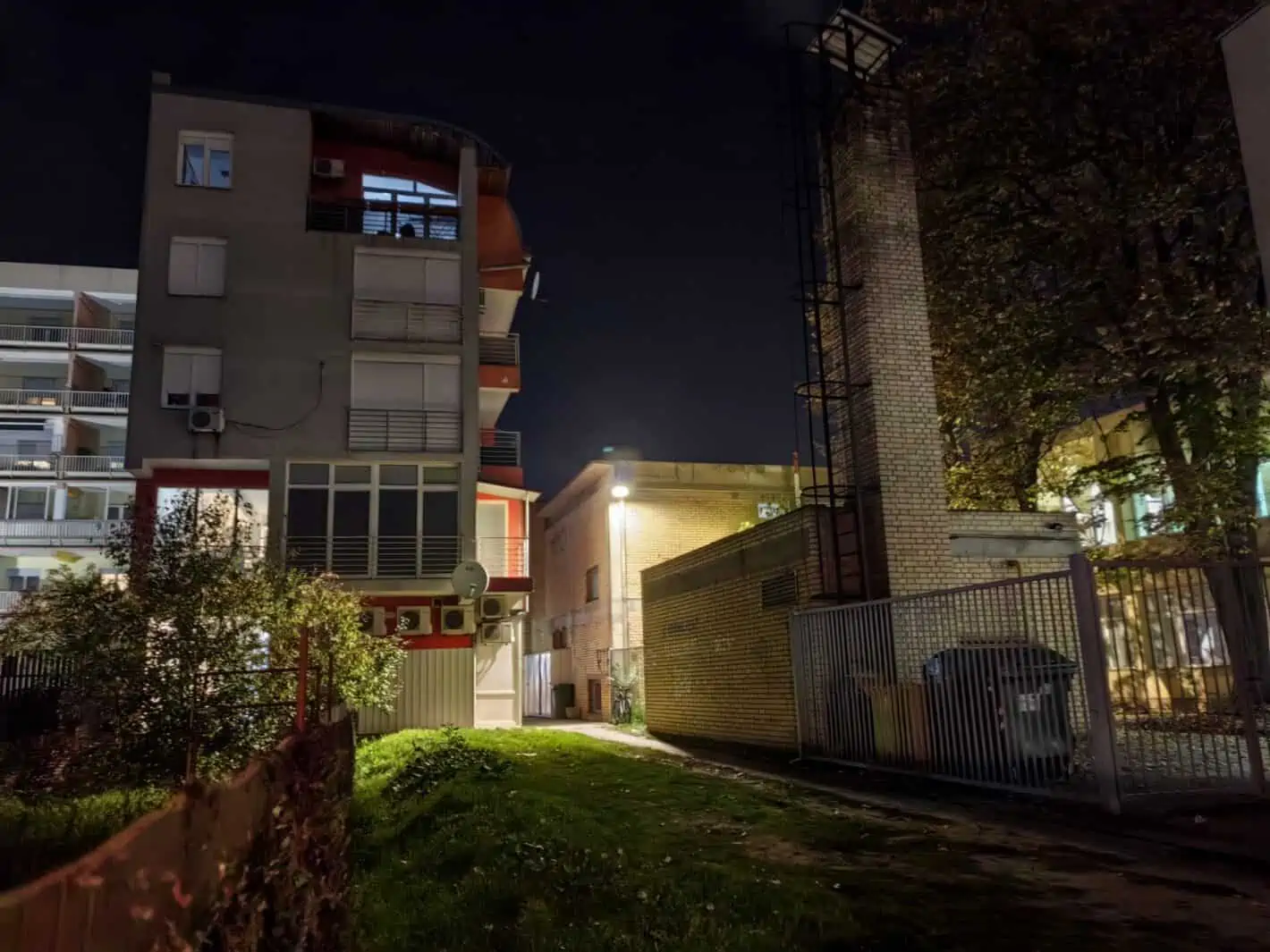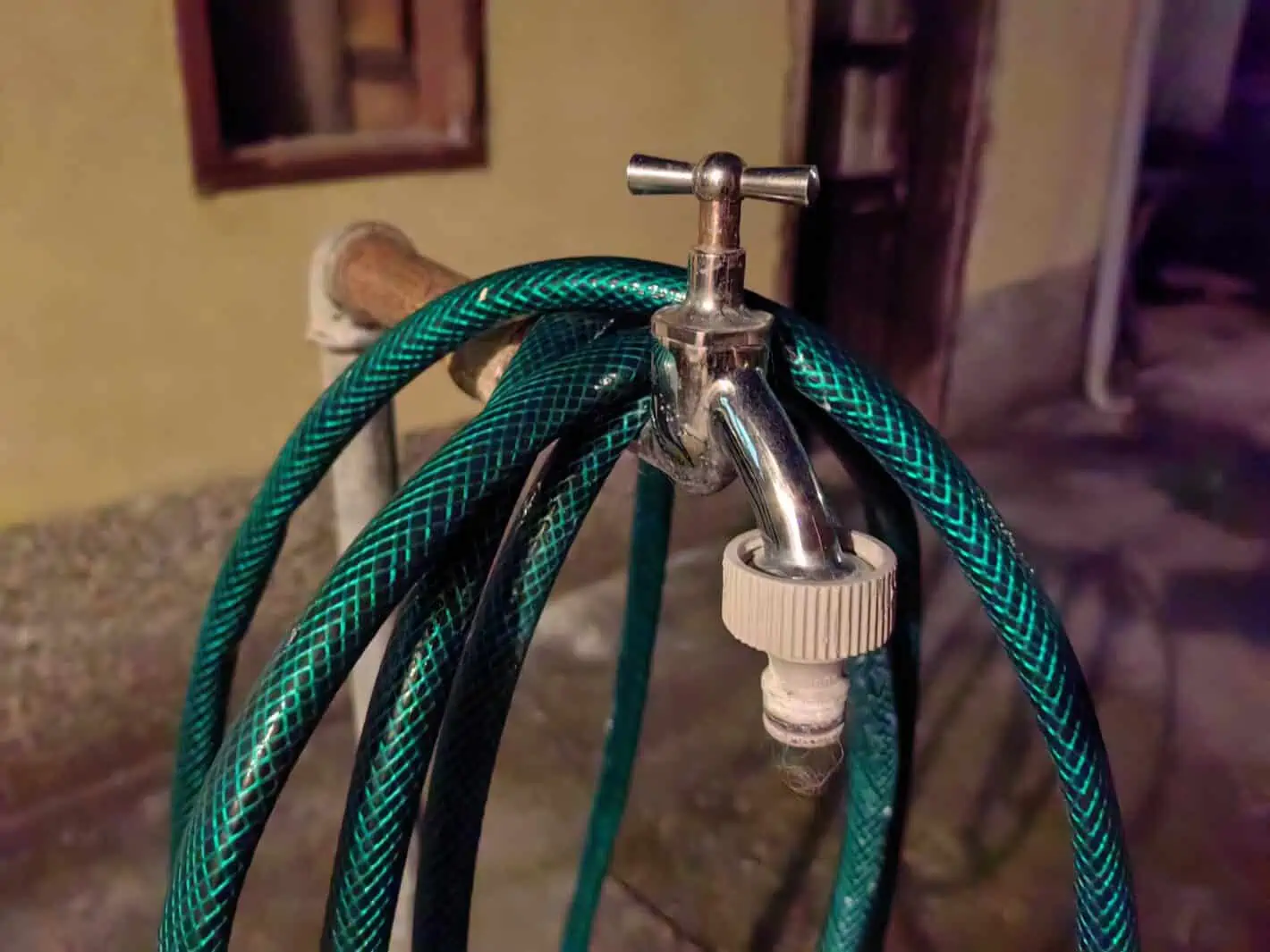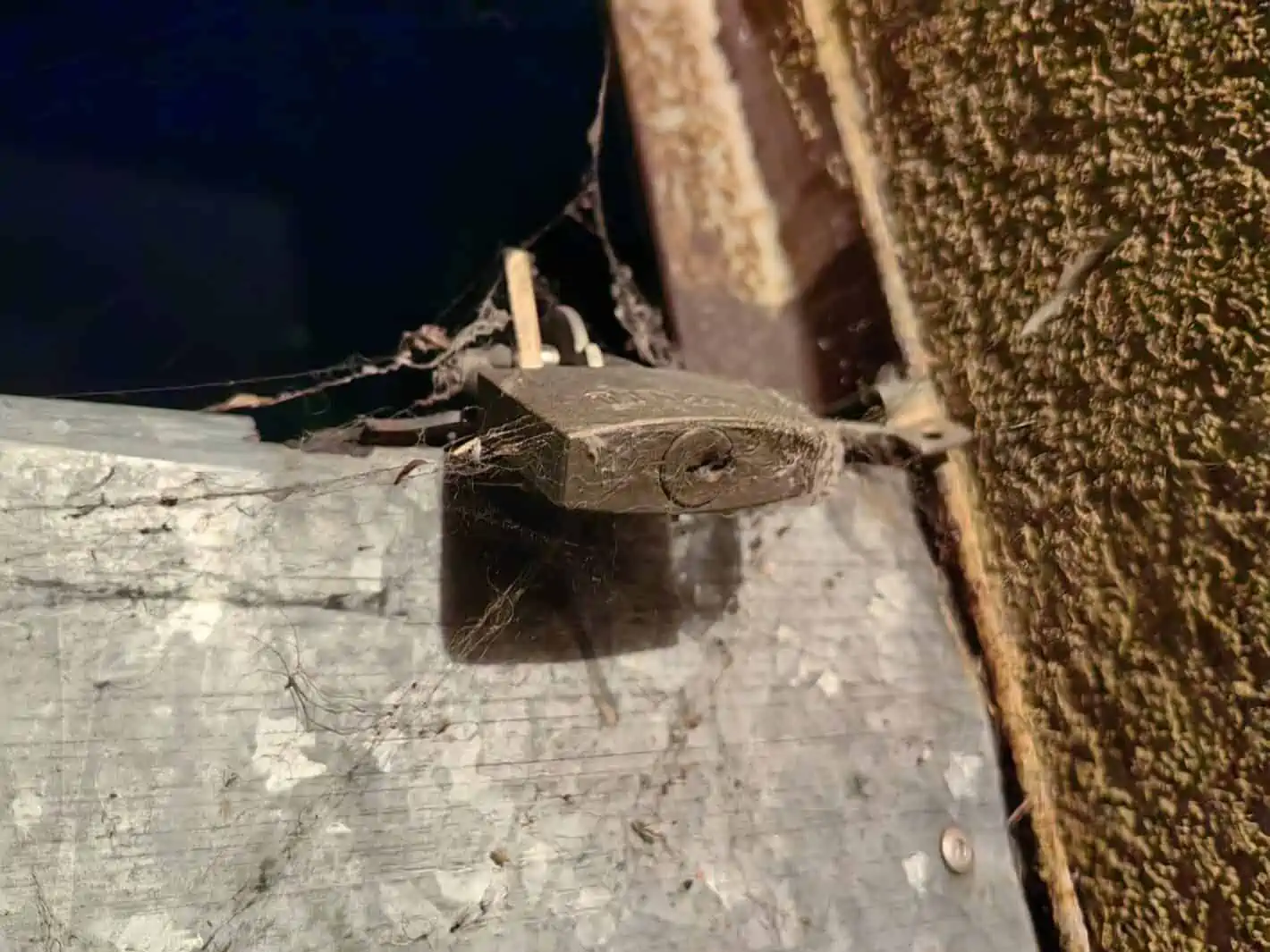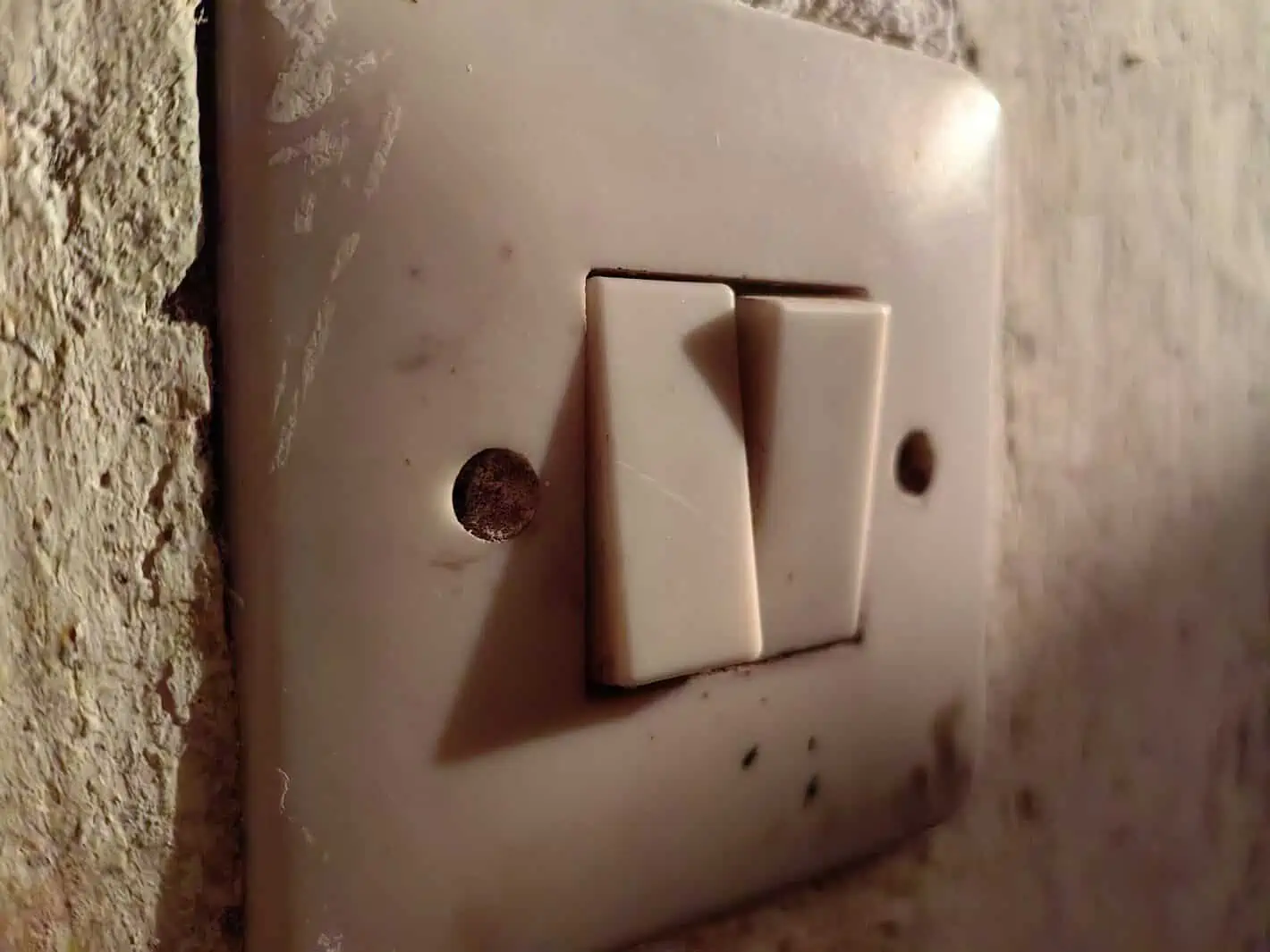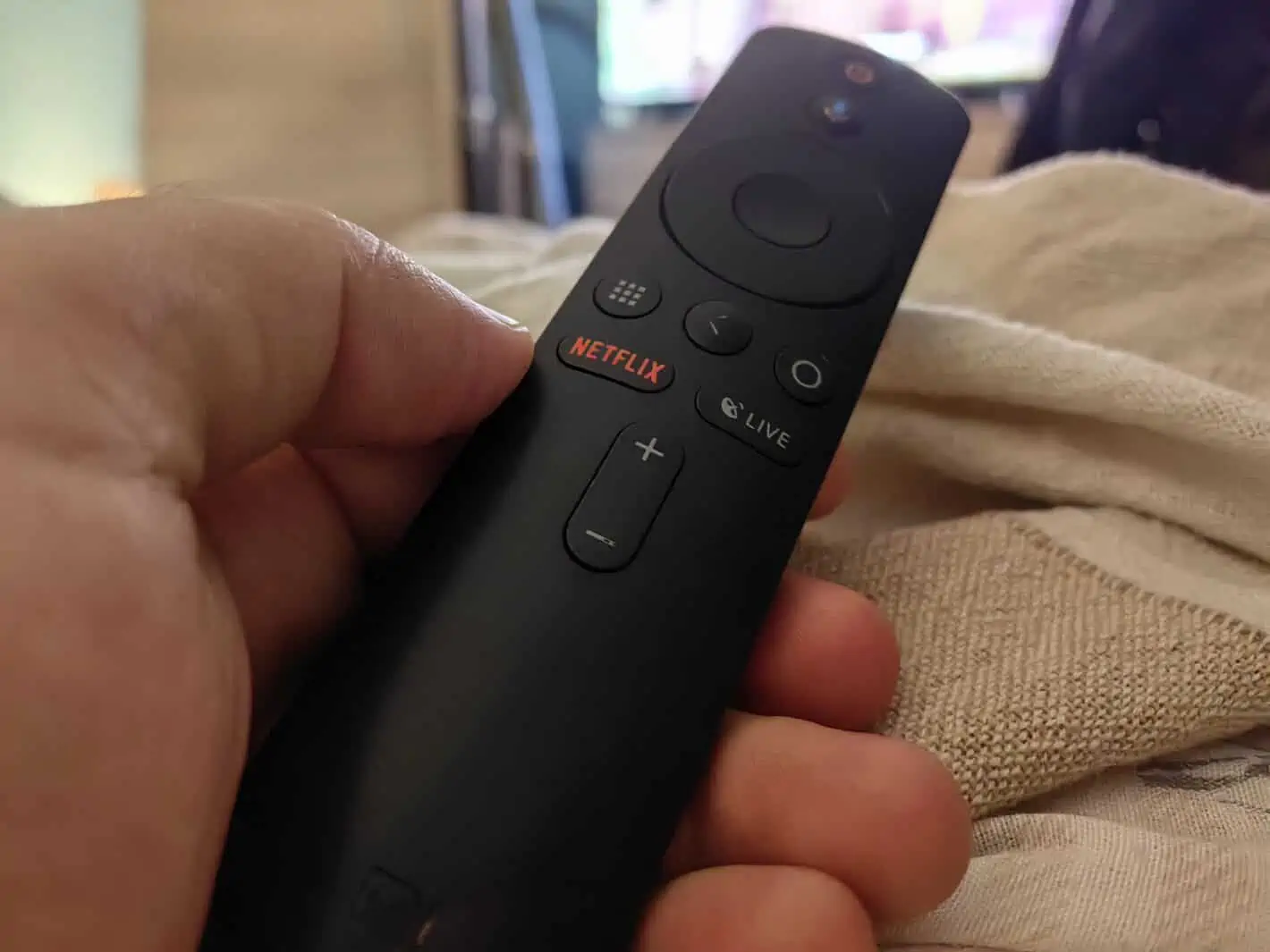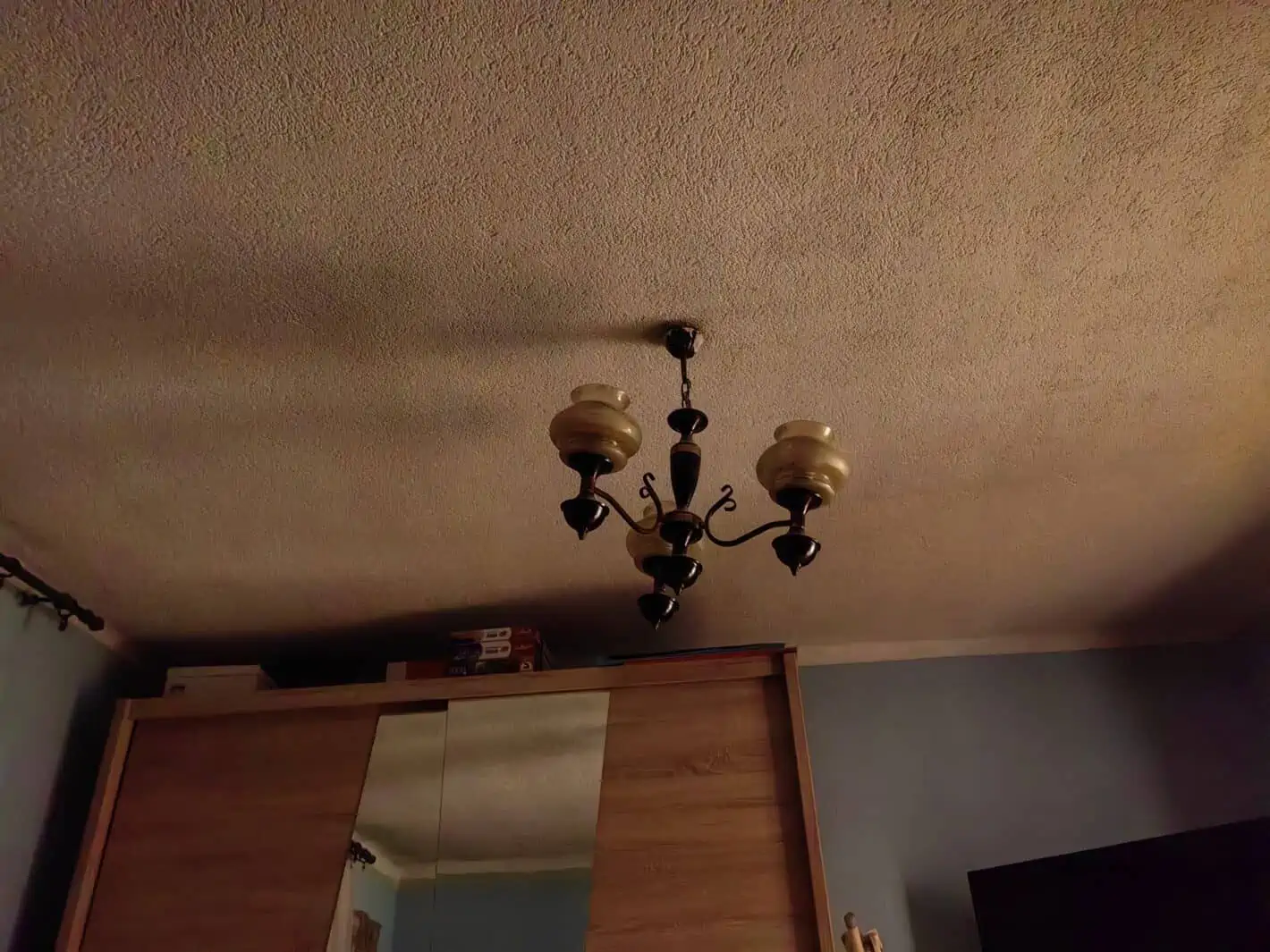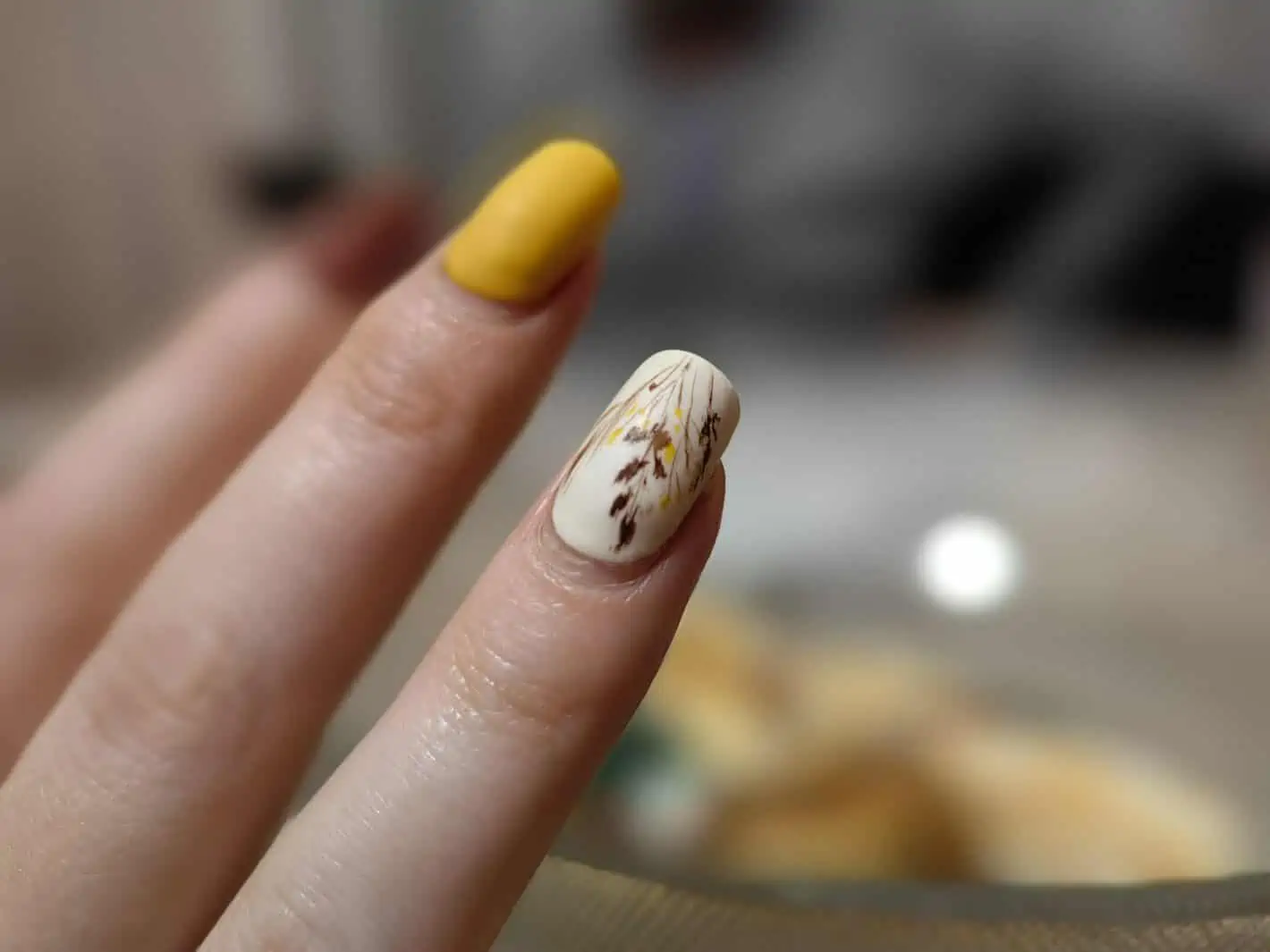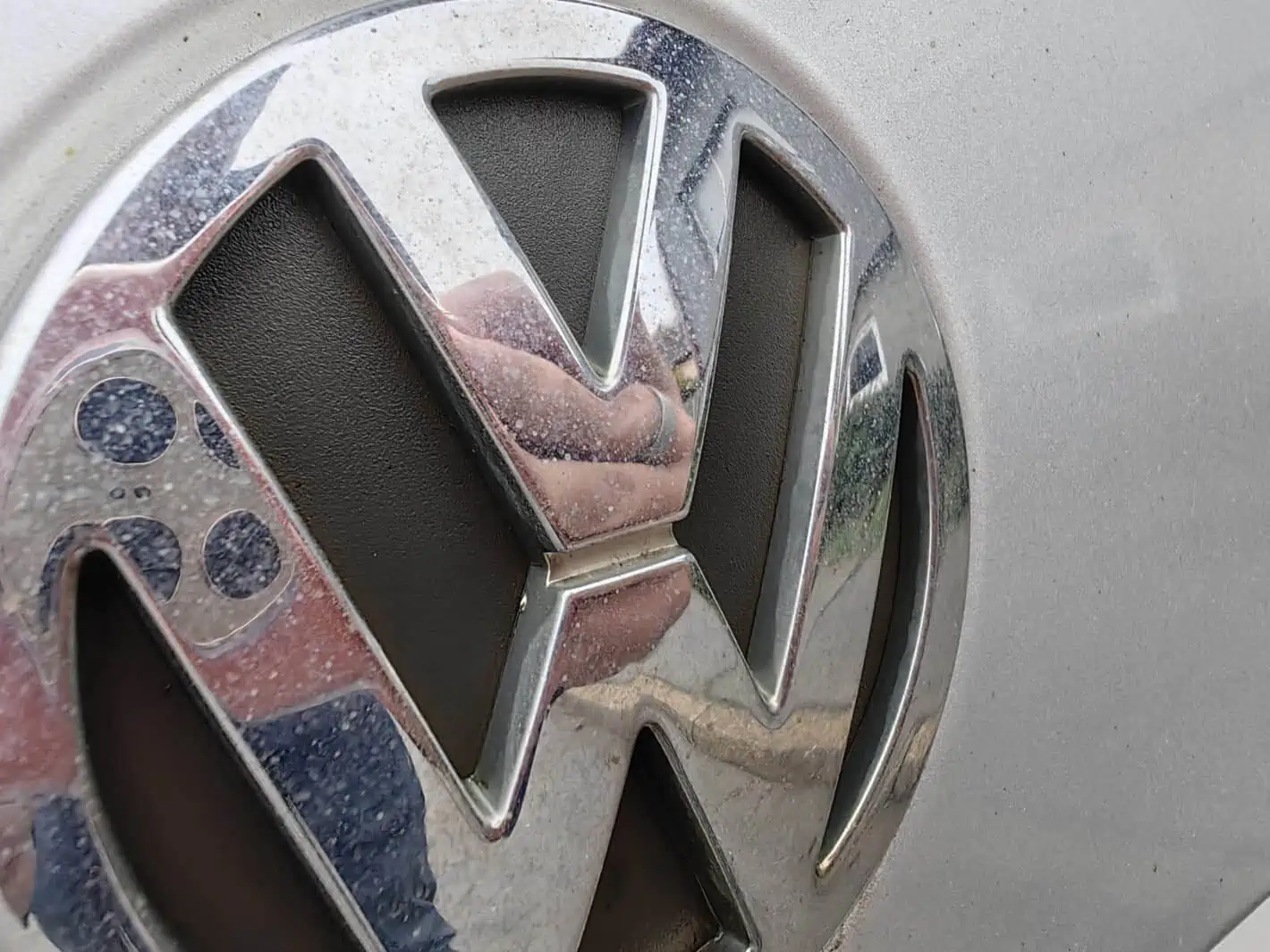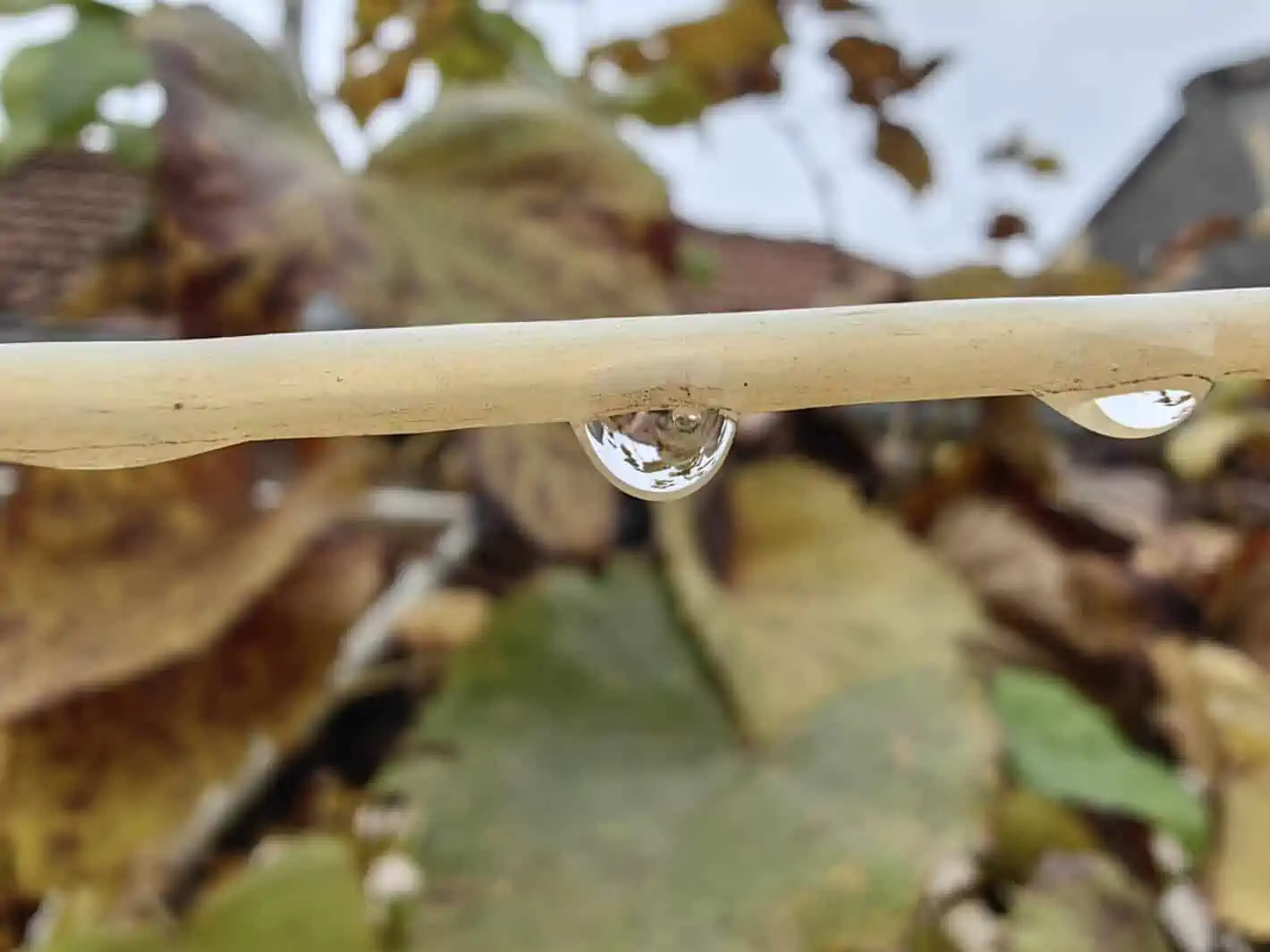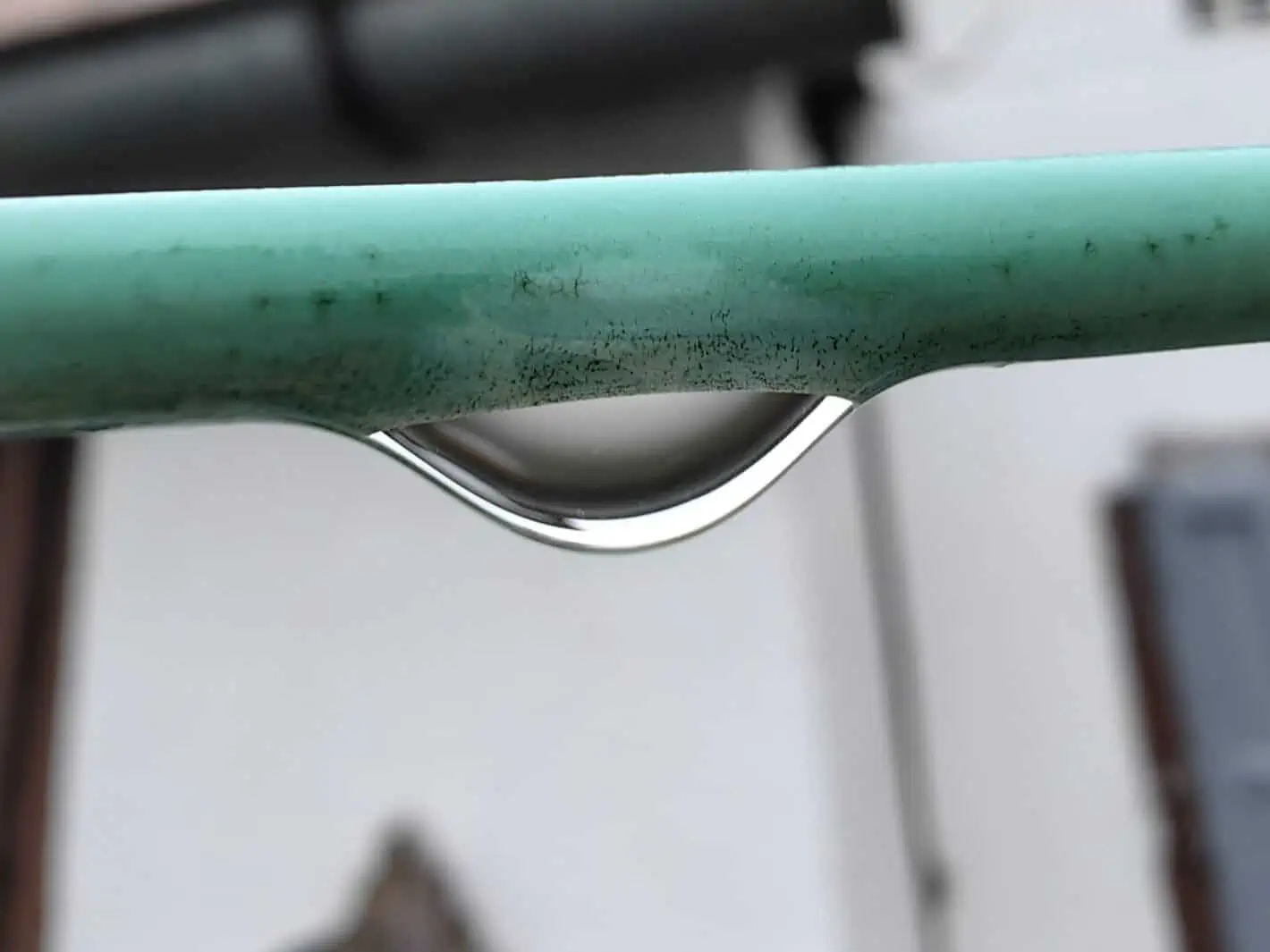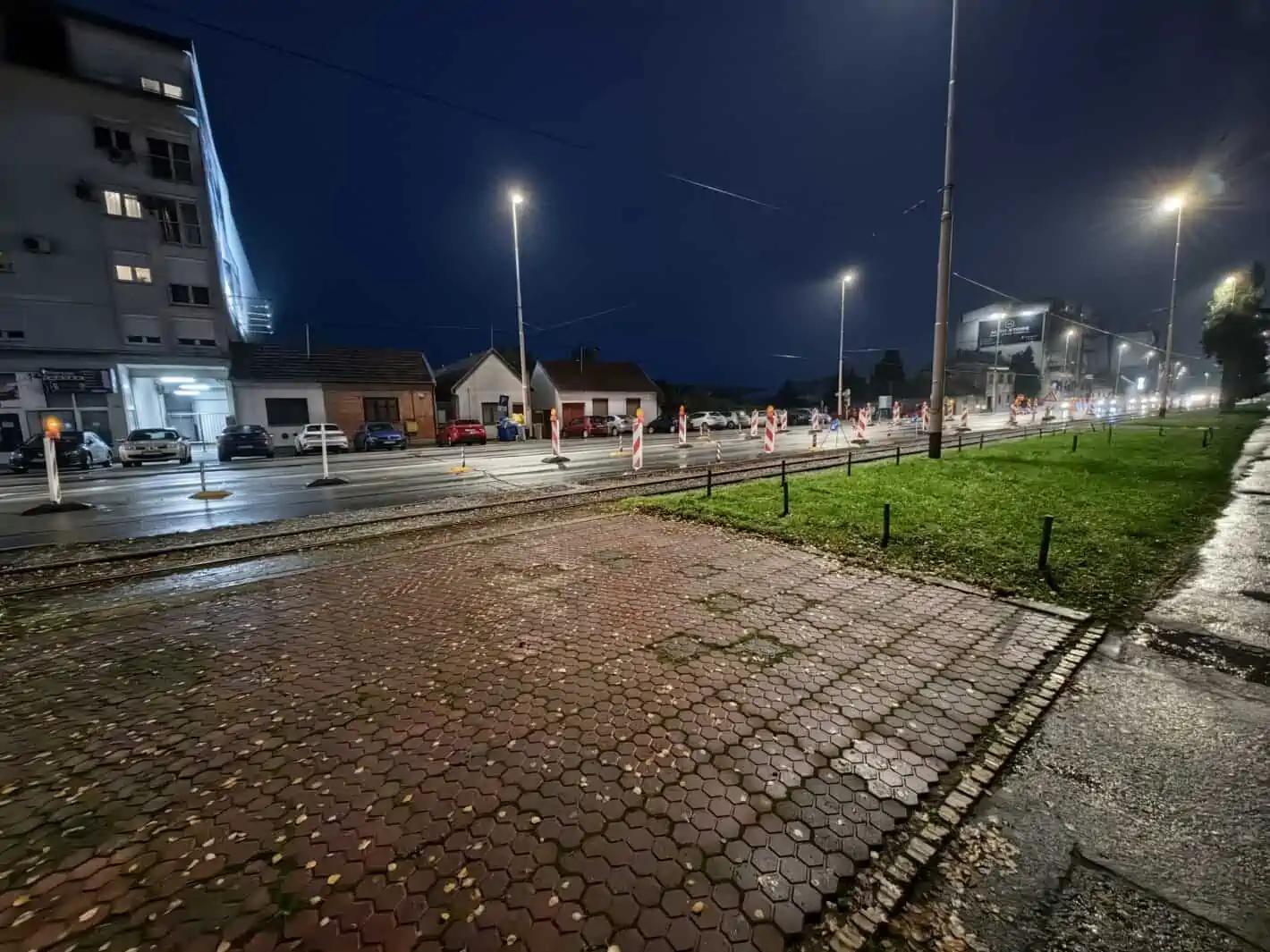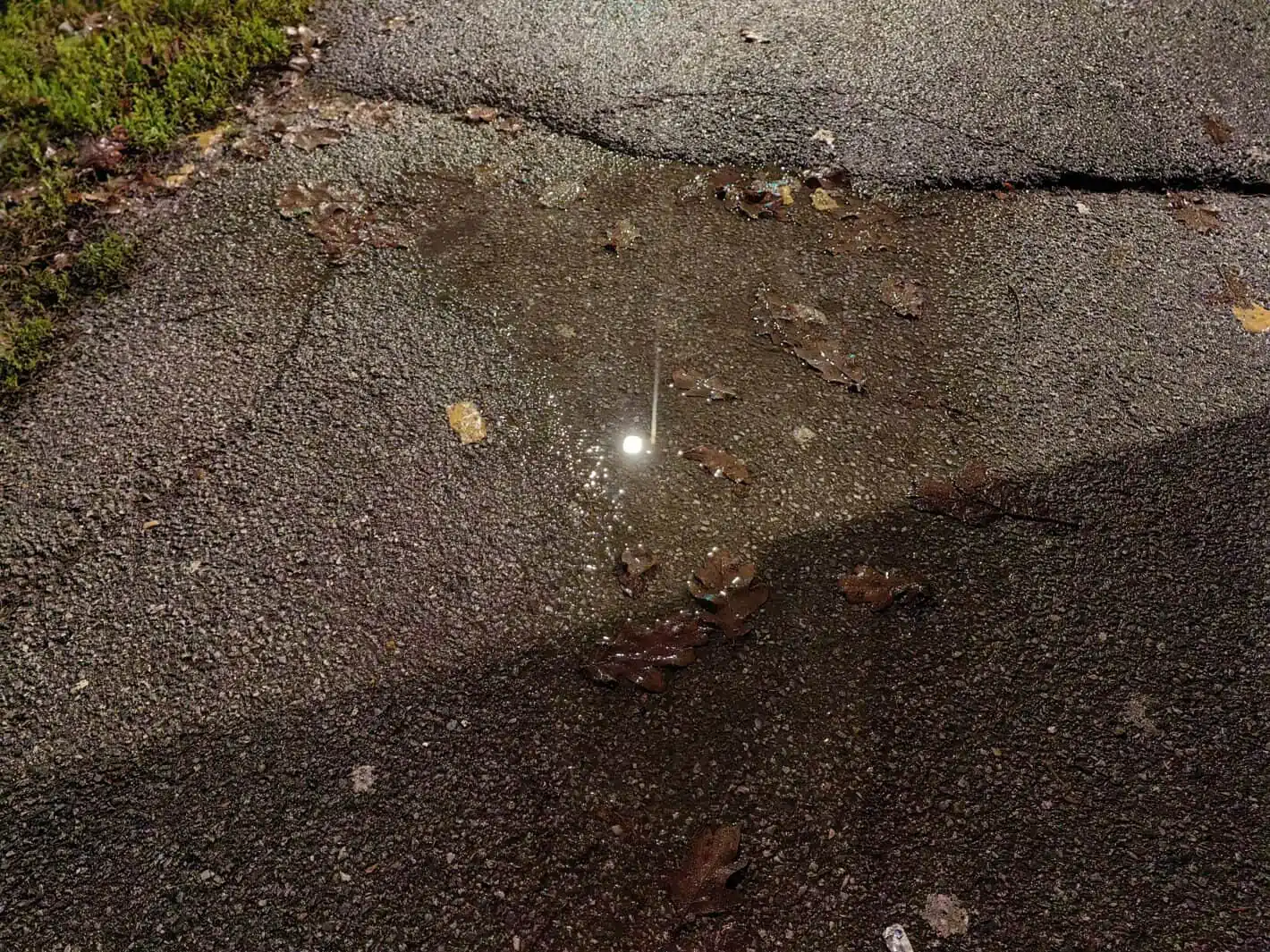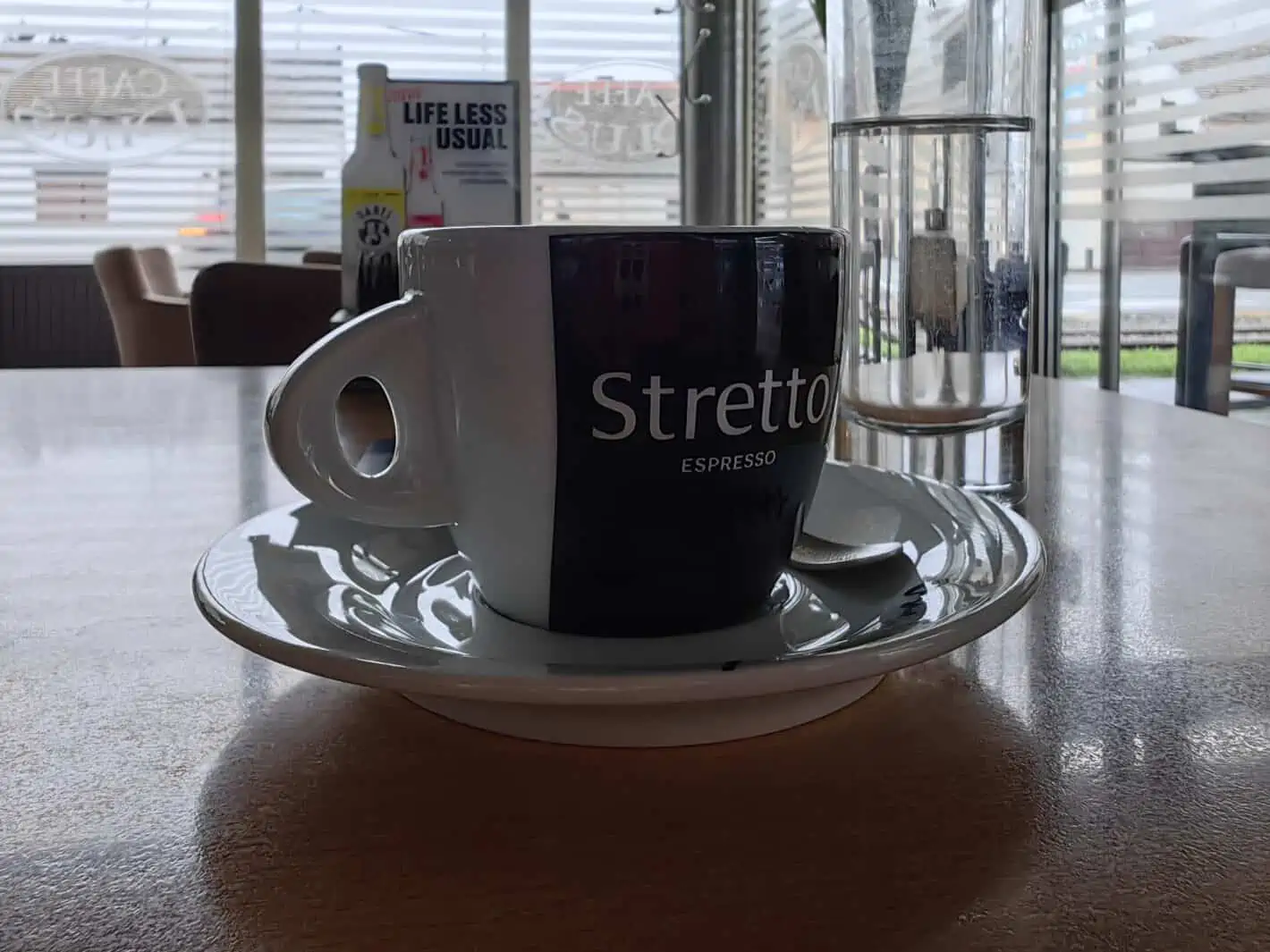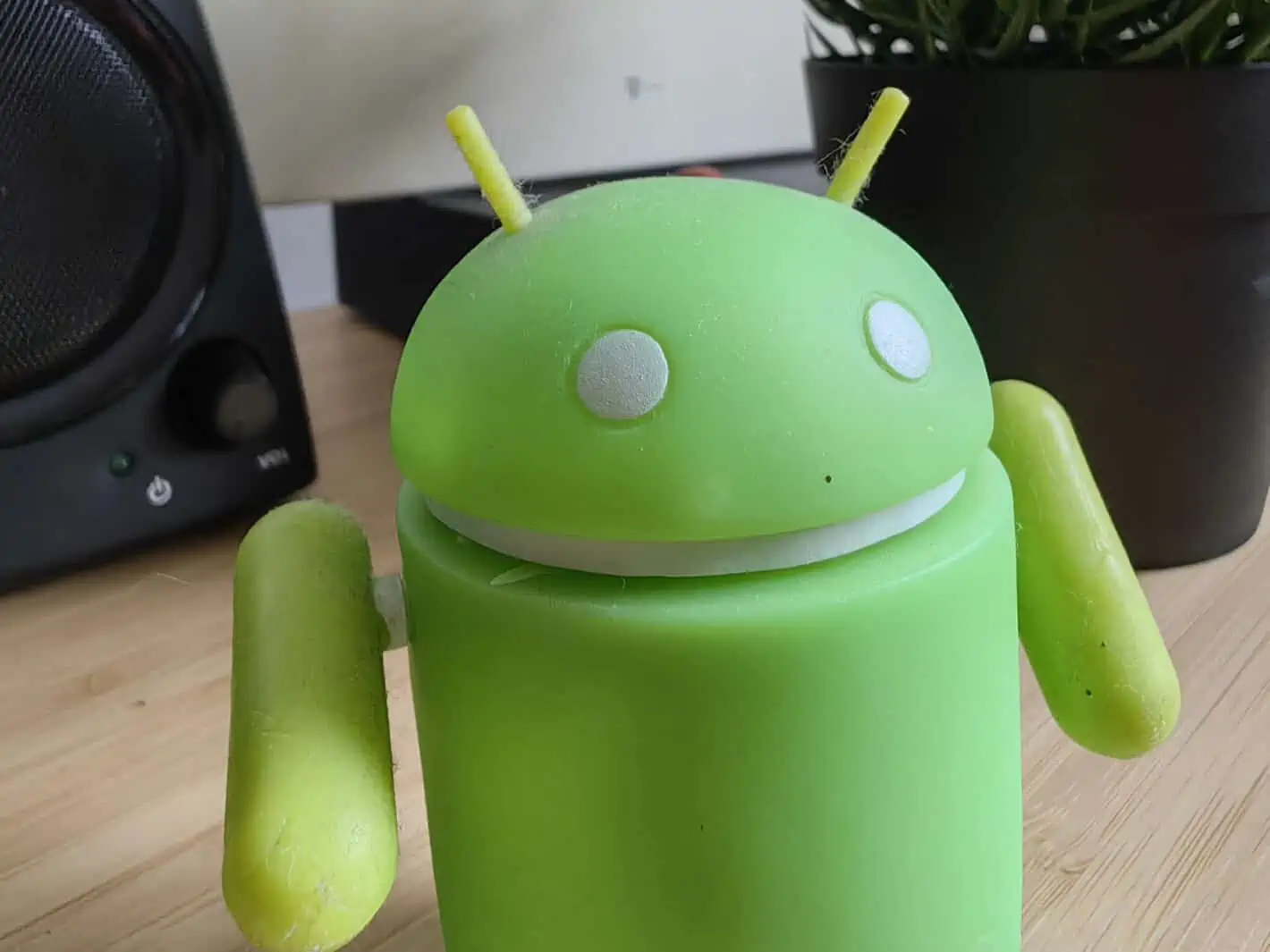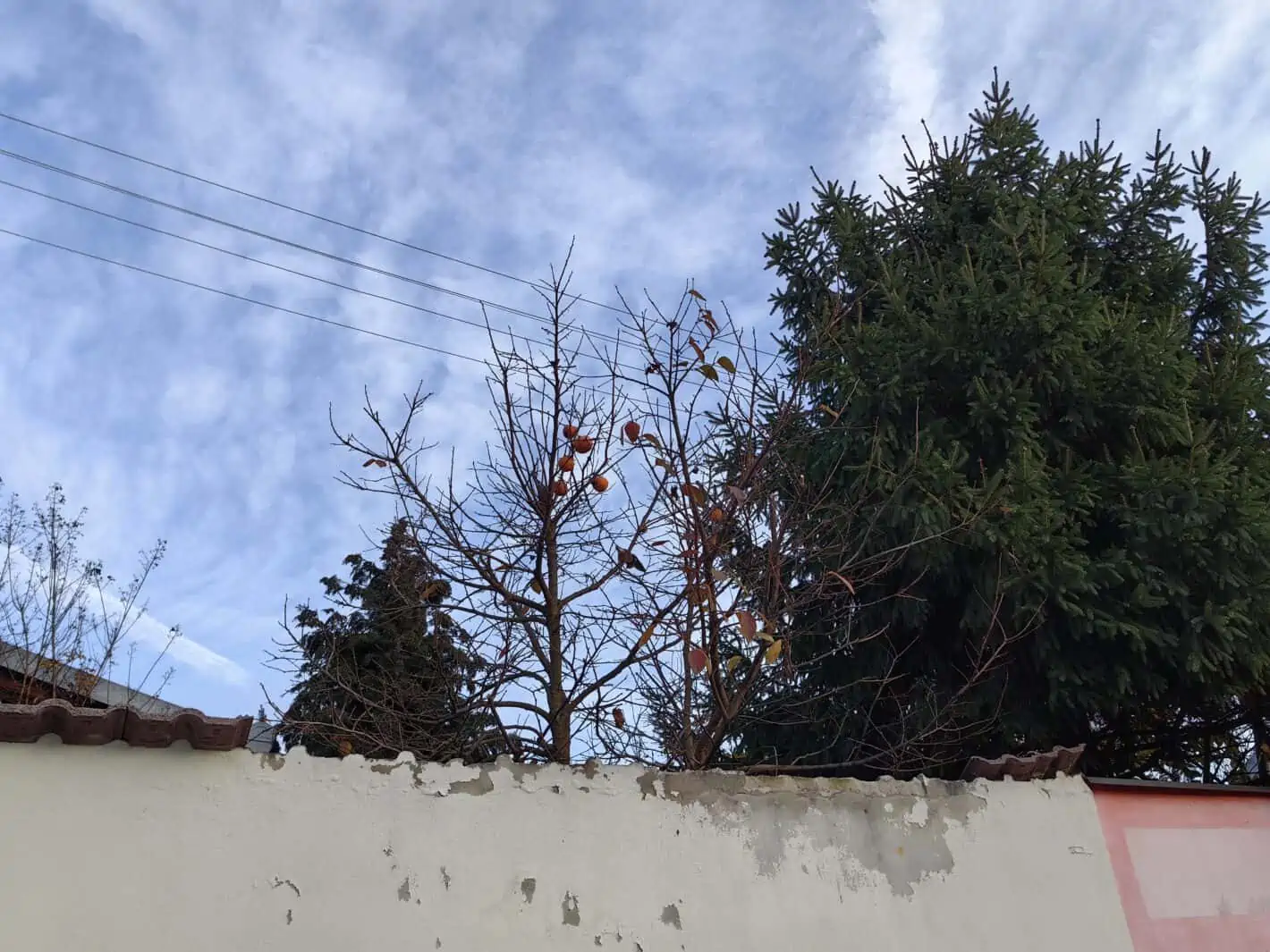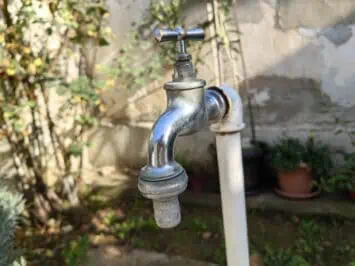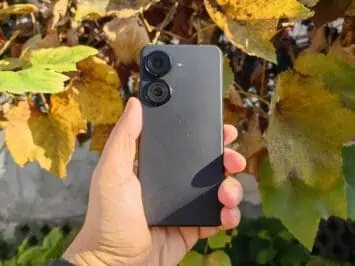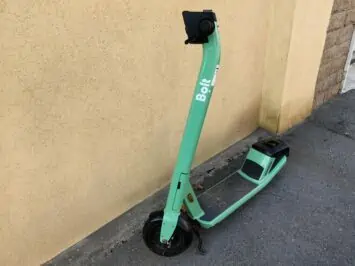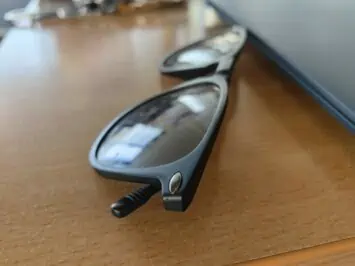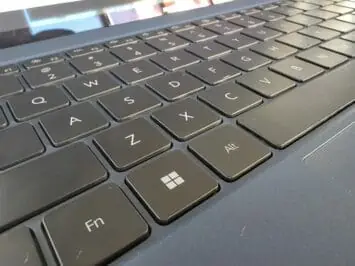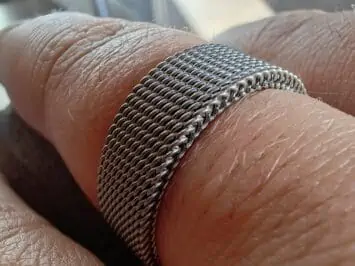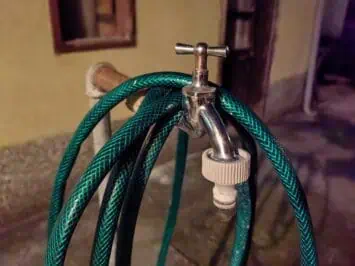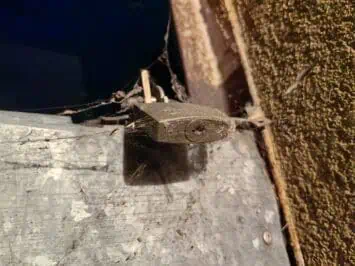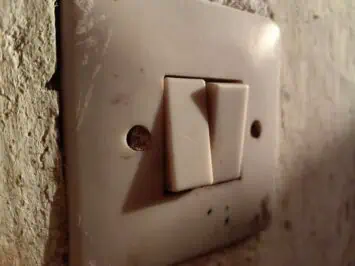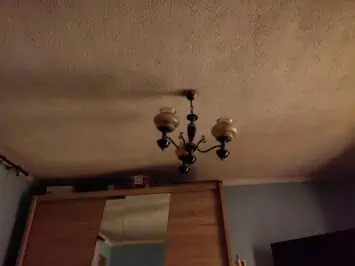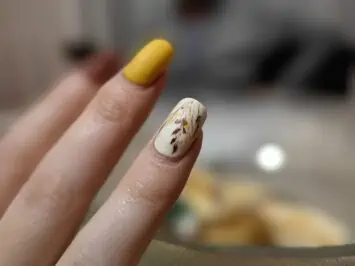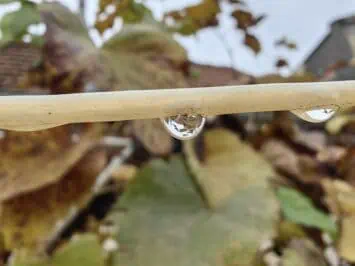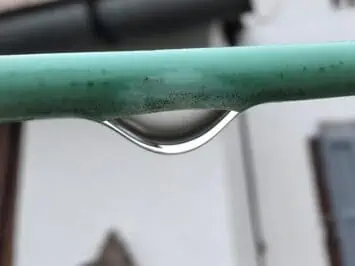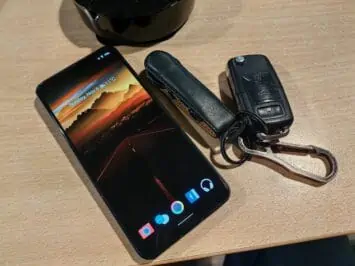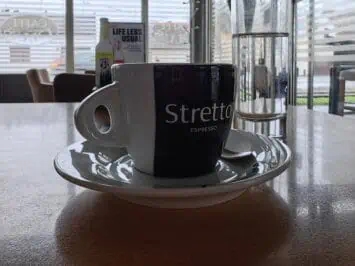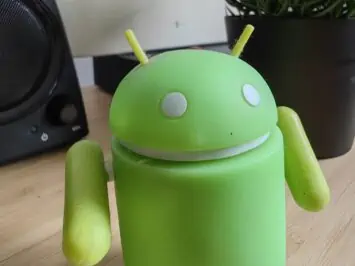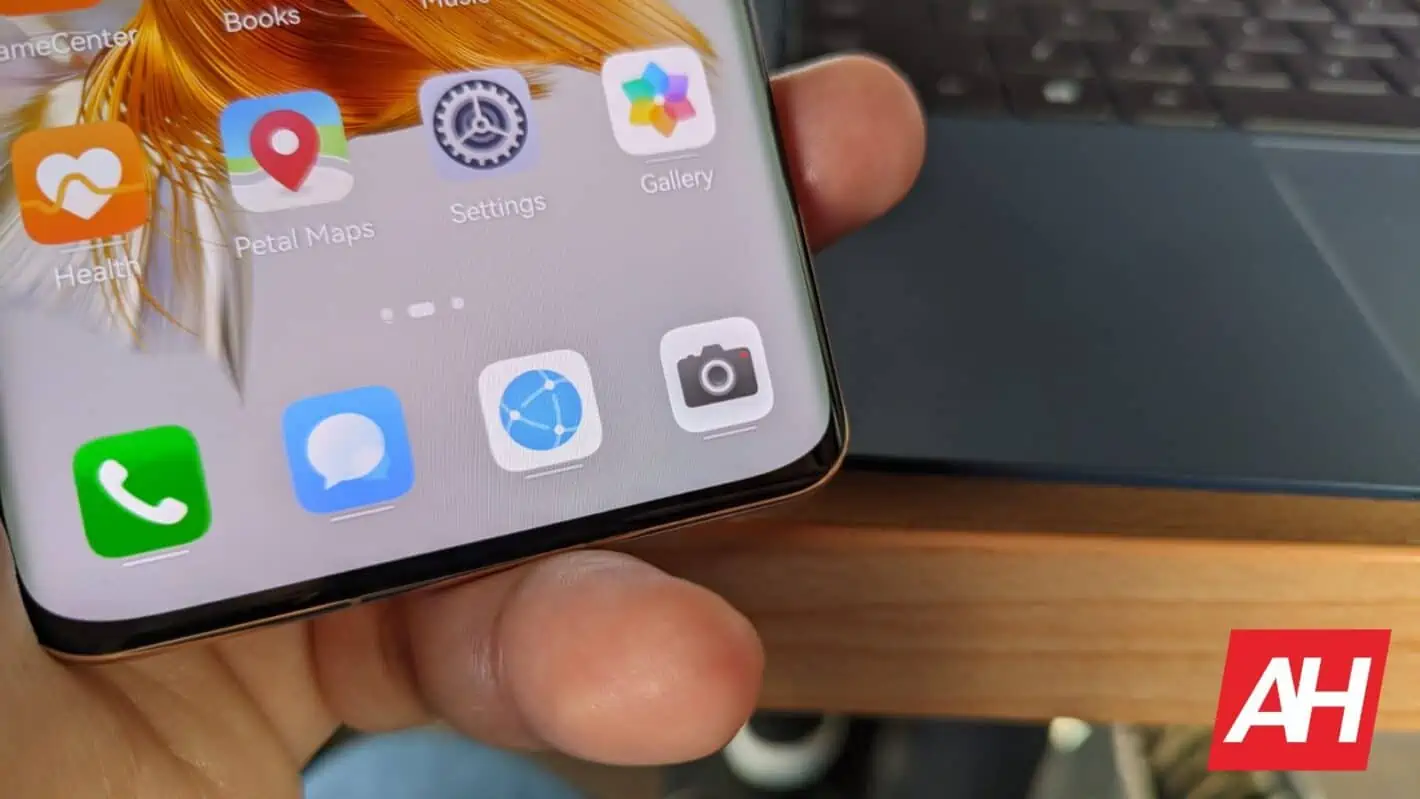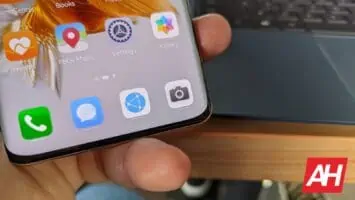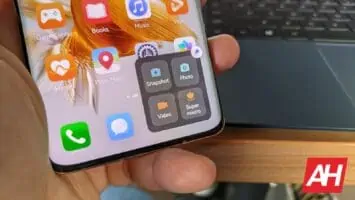UPDATE (November 4, 2024): Huawei has started rolling out the October 2024 update to the Huawei Mate 50 Pro. Read more about it at the very end of the review.
The Huawei Mate 50 Pro is the latest smartphone in Huawei’s arsenal. This also happens to be the most powerful smartphone the company released to date. I’ve been using this handset for a while now, and quite frankly, it managed to surprise me. I always expect a lot from Huawei’s devices, but the Mate 50 Pro went above and beyond that. I was not quite sure what to expect in the camera department, following Huawei’s separation from Leica. I did spot some issues with the Huawei P50 Pocket and Mate Xs 2, while the Huawei P50 Pro offered a great camera experience. The thing is, the P50 Pro had Leica’s lenses and imaging prowess. So, I really didn’t know what to expect here.
It turns out the Huawei Mate 50 Pro is one of the best camera smartphones of the year. I was blown away by its performance in that area. Huawei obviously gave a lot of thought to its XMAGE camera imaging branding, and worked really hard this time around. The main camera on the phone is especially interesting. That’s not the only upside to this phone, though. I have a lot to say about it, so let’s get started. As per usual, this review will be separated into a number of sections, focusing on different aspects of the device, starting with its design.
Table of contents
Huawei Mate 50 Pro Review: Hardware / Design
The Huawei Mate 50 Pro comes in two design variants. One of the offers glass on the back, and the other vegan leather. All variants have a frame made out of metal. Having said that, we’ve used the model with a vegan leather back, thankfully. I, personally, am a fan of vegan leather, as it holds up well over time, and it’s nowhere near as slippery as glass. It’s also not as shatter-prone as glass is. So, this is definitely a win for me. The phone feels great in the hand, I cannot emphasize that enough.
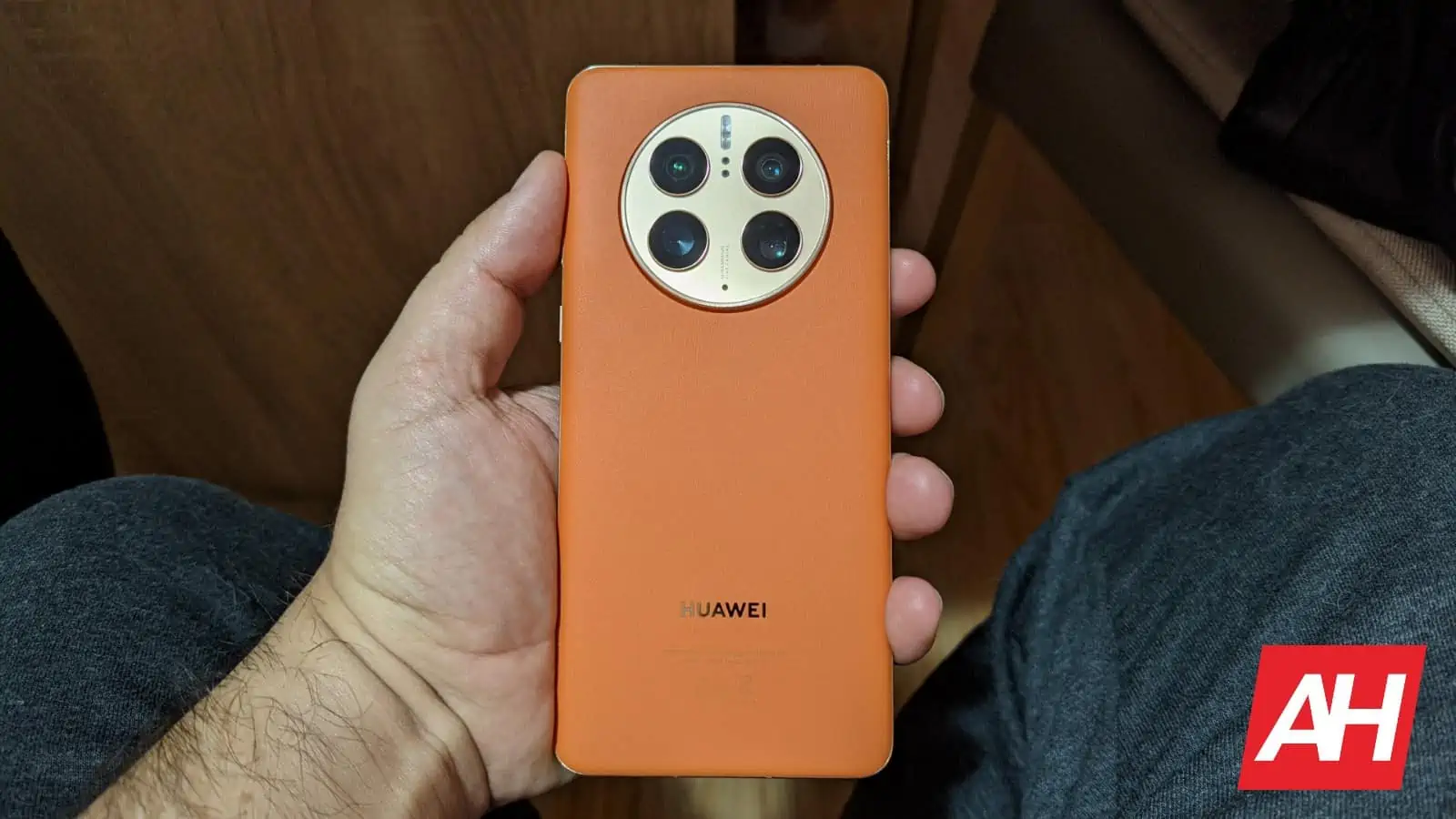
When phones are as large as the Mate 50 Pro is, they can feel like bricks. I’m not a fan of gigantic smartphones, not at all. Before I started using the Mate 50 Pro for review, I used the ZenFone 9, and its size is one of the reasons why. To my surprise, the Mate 50 Pro felt much more compact in the hand, mainly due to its design and weight distribution. Huawei really nailed it here, and I’m not surprised. The weight distribution is spot on, and the phone actually feels lighter than 200 grams, even though it weighs more than that. Still, it’s hefty enough to feel quite premium.
The rear camera island looks really nice, and fits into the overall design
The rear camera island also looks quite nice, at least on this model. The brass accents combined with the orange back, make for a really nice combo. It’s definitely not my favorite combo, but it’s hard to deny it looks great. I got used to the notch up top really fast, especially when I’ve seen how well the facial scanning works because of it. More on that later, though. All in all, I really don’t have any complaints when it comes to the design. Huawei has been making some great-looking devices for years, so it definitely knows what it’s doing in that regard. The Huawei Mate 50 Pro both looks and feels great, and it is IP68 certified on top of that.
Accessories
If you get the Huawei Mate 50 Pro, you will find a case in the box. Huawei included a regular, silicone aka gel case with the phone. It is see-through, and it’s nothing fancy, but it gets the job done. It’s not too loose when it’s on, it actually grips the phone really well. I’ve always found silicone cases to offer good grip (despite the fact they’re smooth-feeling), at least for me, and they’re very comfortable to use. So, you do get that for free. You can always get something fancier, of course, but this will keep your phone safe until you do.
Huawei also pre-installed a screen protector on top of the phone’s display and Kunlun Glass protection. I removed it immediately after I unpacked the phone, as I do that with every device. I want to use it without plastic on top of its display, to get a full feeling of how well the display looks, reacts to touches, and how prone it is to scratches. On top of that, I want to see how well the fingerprint scanner works without anything being lodged between the phone’s glass and my fingerprint.
Huawei Mate 50 Pro Review: Display
The Huawei Mate 50 Pro is equipped with a 6.74-inch 2616 x 1212 OLED display. This panel offers a 120Hz refresh rate, and a 300Hz touch sampling rate. You’re also getting 1,440Hz high frequency PWM dimming. The display is curved. That curve is not exactly subtle, nor is it to the level of waterfall displays. It’s somewhere in the middle. There is some discoloration on those curved sides, under certain angles, but when you’re looking at the display straight on, or at least close to it, it’s all good. That cannot be prevented, of course.
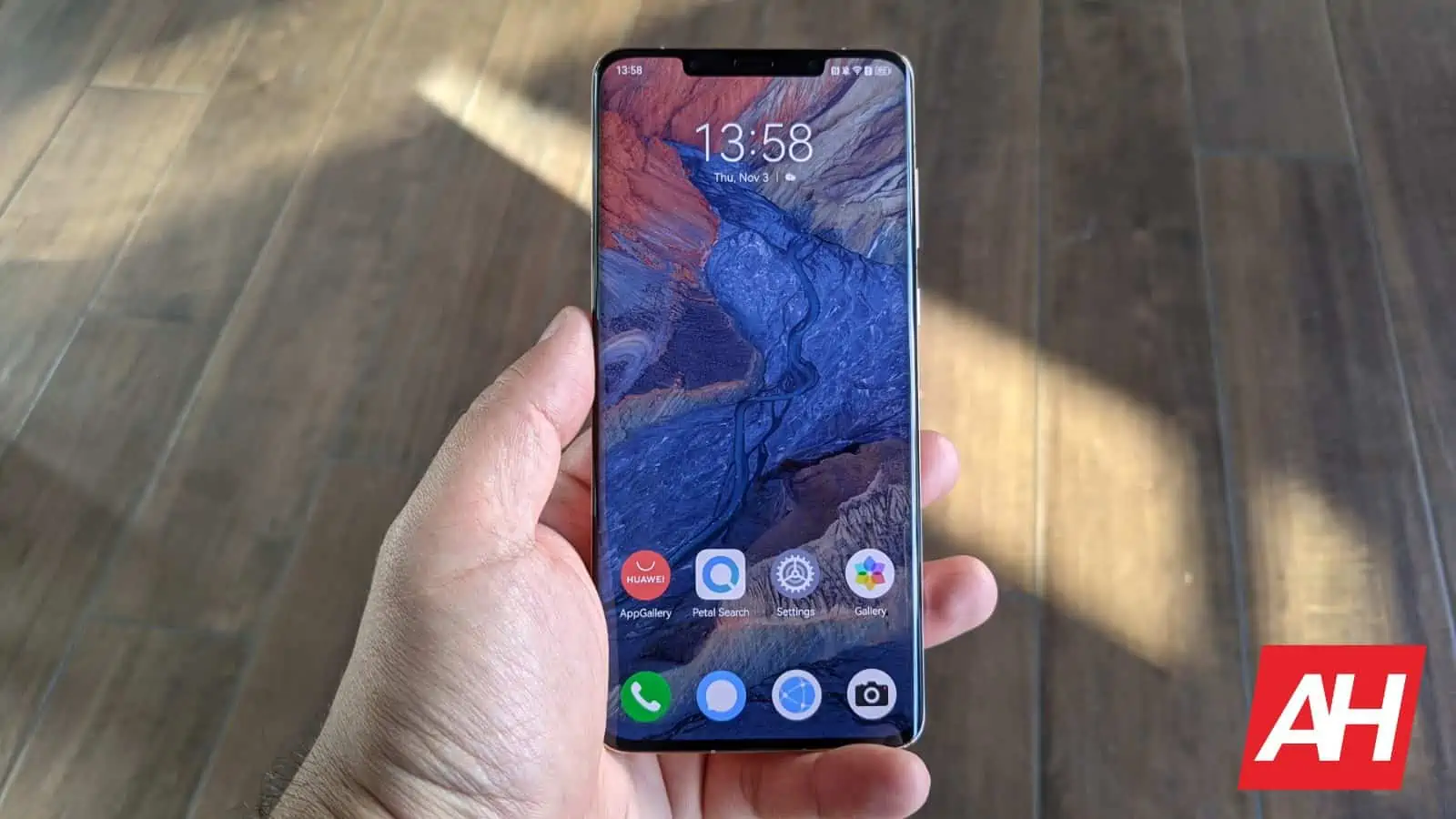
In every way, though, this display is excellent. It’s not only more than sharp enough, but the colors are excellent. The display is vivid, the blacks are deep, and the viewing angles are great. Touch response is also excellent, the display is very responsive. There are a number of additional options in the settings, though, if you’d like to mess with the colors and whatnot. That is standard practice for Huawei phones, but I’ve left it on default settings. Consuming multimedia is a joy here, though do keep in mind there is a notch present. It’s not exactly too tall, but it’s there. You can leave it be, or try to hide it with software, it’s up to you. There are granular settings available for that purpose.
Huawei Mate 50 Pro Review: Performance
The Huawei Mate 50 Pro is fueled by the Snapdragon 8+ Gen 1, but a 4G variant of the chip. Due to the US ban, Huawei is unable to use the 5G model. In addition to that processor, the company included 8GB of RAM and 256GB of storage inside the device. This is LPDDR5 RAM and UFS 3.1 flash storage, by the way. That sounds really nice on paper, right? Well, yes, and it translates to performance as well.
The Mate 50 Pro is very smooth in day-to-day performance, to say the least. Huawei’s animations are also spot on, they’re not jittery or anything of the sort. Opening and closing apps, consuming multimedia, heavy multitasking, browsing… and everything else you can think of, is a joy on this phone. Even when it comes to gaming, the Mate 50 Pro does not disappoint. That chip is immensely powerful, and with Huawei’s optimizations, things run very smoothly. Truth be said, we were kind of limited when it comes to game testing on the AppGallery, but any game we popped on worked really well. We’ve tried out 5-6 of them, though none of them were on the level of Genshin Impact in terms of hardware requirements. Either way, the Mate 50 Pro performed admirably.
Huawei Mate 50 Pro Review: Battery
What we learned in the last couple of months is that the Snapdragon 8+ Gen 1 is a great chip when it comes to power consumption. In that regard, it is superior to the Snapdragon 8 Gen 1, by a significant margin. So, does that apply to the Huawei Mate 50 Pro as well? Yes, it does. The Huawei Mate 50 Pro comes with a 4,700mAh battery, and offers great battery life, to say the least.
During my usage, I didn’t have to charge it during the day once. It managed to last throughout the day even during the most intense usage scenarios. Full disclaimer, I am not much of a gamer, and all I do is test performance with a bunch of games, and then simply don’t play games anymore. I do a lot of other things, ranging from a ton of web browsing and messaging, to image editing, streaming multimedia, podcasts, and music. Well, and basically everything else you can imagine, including taking pictures, and so on. This phone managed to get through all of that and last me until the very end of the day. I usually unplug devices at 7 AM and use them until midnight.
Google app emulators do drain extra battery
I did sideload a bunch of apps that were not available in the AppGallery, and also used GSpace (to a degree), which we’ll talk about in the software section. I tried to use it as less as possible, though, as it tends to drain the battery.
It offers truly fast wired & wireless charging
When it comes to charging, the Huawei Mate 50 Pro is well-equipped. The phone supports 66W SuperCharge, and a charger for the phone is included in the box. The device also supports 50W SuperCharge wireless charging. I’ve tested that as well, but not on Huawei’s charger. It seems to work on HONOR’s wireless charger, and it charges at 50W. That worked out brilliantly, actually.
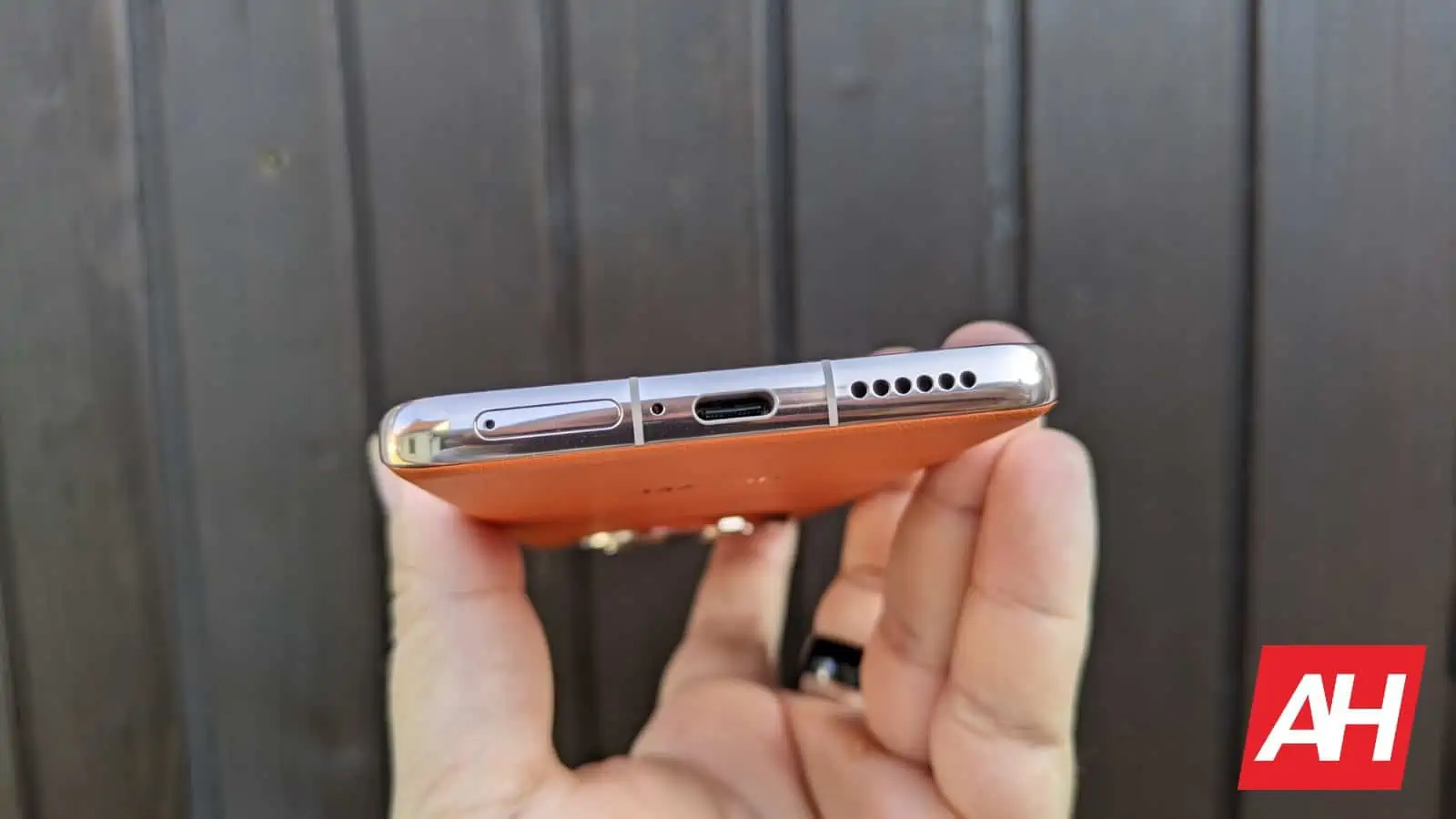
Using Huawei’s official wired charger that is included in the box, I managed to get to 46% in 15 minutes. I reached 80% in only half an hour. At the 40-minute mark, the phone was fully charged and ready to go.
Huawei Mate 50 Pro Review: Camera
The Huawei Mate 50 Pro comes with a really interesting camera setup… well, its main camera is by far the most interesting. Huawei opted for a camera with a variable aperture here, and it’s not something we’ve seen before. Sure, we’ve seen variable aperture in phones before, a couple of times, but not implemented in this way. The Huawei Mate 50 Pro has a 50-megapixel main camera which offers a variable aperture between f/1.4 and f/4.0. Huawei actually named this setup the “Ultra Aperture XMAGE camera”. The ‘XMAGE’ part is basically the company’s new imaging brand, as they are no longer partnered up with Leica.
We’ll get to that camera soon. Let’s first see what else is on offer here. A 64-megapixel telephoto camera is also included, and it offers a 3.5x optical zoom. A 13-megapixel ultrawide camera also sits on the back of the phone. That camera also doubles as a macro camera, and it does a wonderful job, more on that later. On the front, a 13-megapixel ultrawide camera is located, along with a ToF 3D sensor. The Huawei Mate 50 Pro also has advanced facial scanning thanks to that setup.
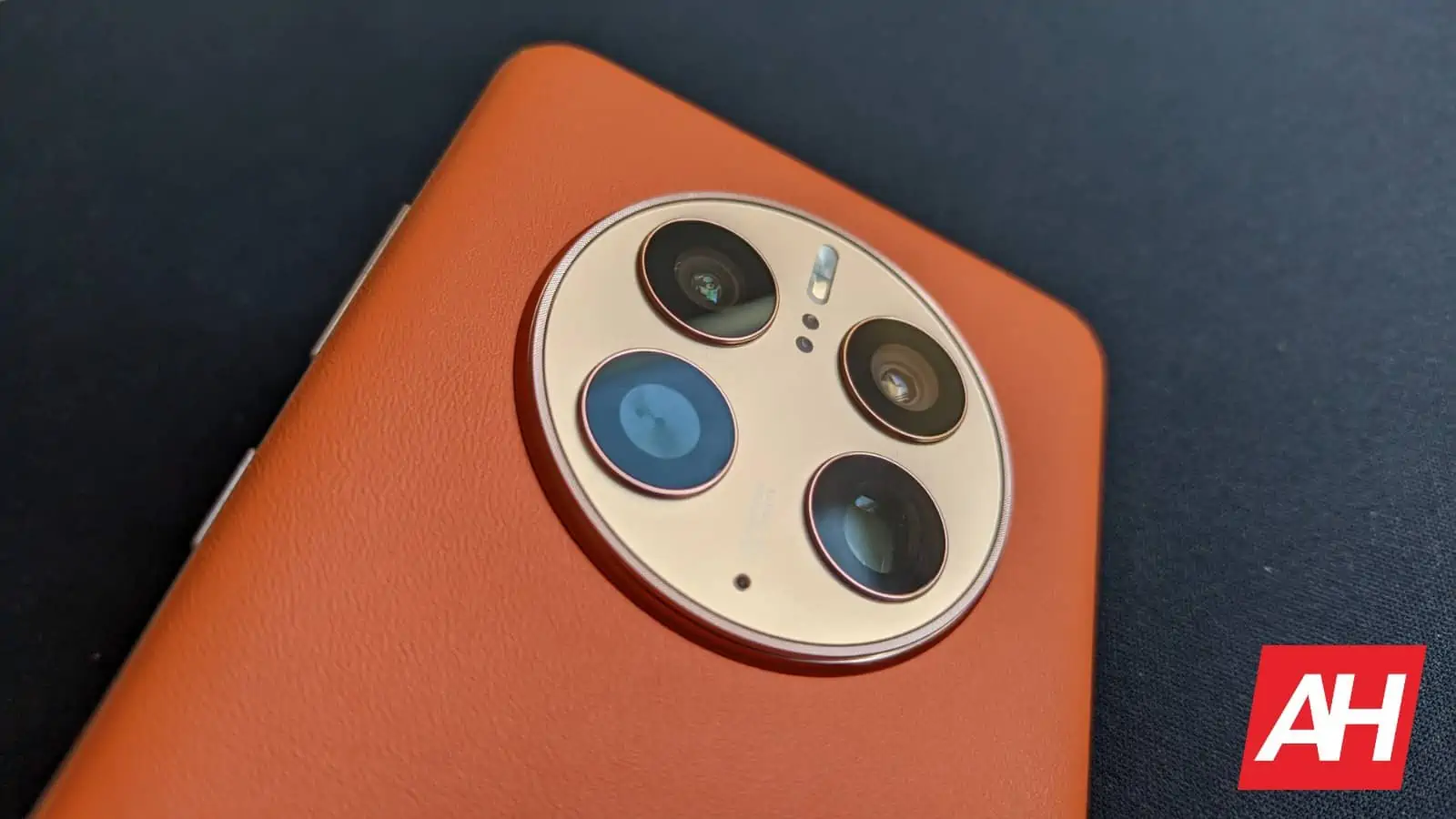
The phone’s main XMAGE camera setup is the star of the show
That being said, let’s talk more about the main unit. This is a 50-megapixel camera (Sony’s IMX766 sensor, 1.0um pixel size, 1/1.56” sensor). It has a Quad-Bayer RYYB color filter, and a stabilized 24mm lens. That lens offers a variable f/1.4-f/4.0 aperture. The camera will set the aperture automatically, and it does a great job at that. If you want to dial things in manually, though, you can, in Pro mode. You can adjust it in 10 different steps, as you please. The camera itself offers amazing performance. It also uses high-quality digital zoom of up to 3.5x, while the telephoto camera takes over for everything higher than that.
The performance you can get from the main camera is outstanding
So, I mentioned that the images from the main camera are truly excellent. I was a bit surprised, even though I hold Huawei to a high standard. The loss of Leica didn’t really impact this phone. This is the best implementation of variable aperture I’ve seen in a phone. Having that system allows the phone to adjust to basically all conditions, regardless of whether it’s day or night. During the day, the phone takes amazing photos with great detail, and depth of field. You can simply increase the aperture in order to get more bokeh in a shot, it’s great.
You’re getting 12.5-megapixel images by standard, through pixel binning. There’s no noise in these shots, they offer a really nice contrast balance, and there’s plenty of detail here as well. The dynamic range is outstanding, it finds a great balance, as some phones go overboard. You’re not going to get fake-looking shots here, and by that, I especially mean HDR shots. The Huawei Mate 50 Pro really excels. The colors are great, and the white balance is also… well, balanced. Even when it comes to foliage and shots where there are a lot of tiny details to pick up, this phone excelled, which is very difficult to do.
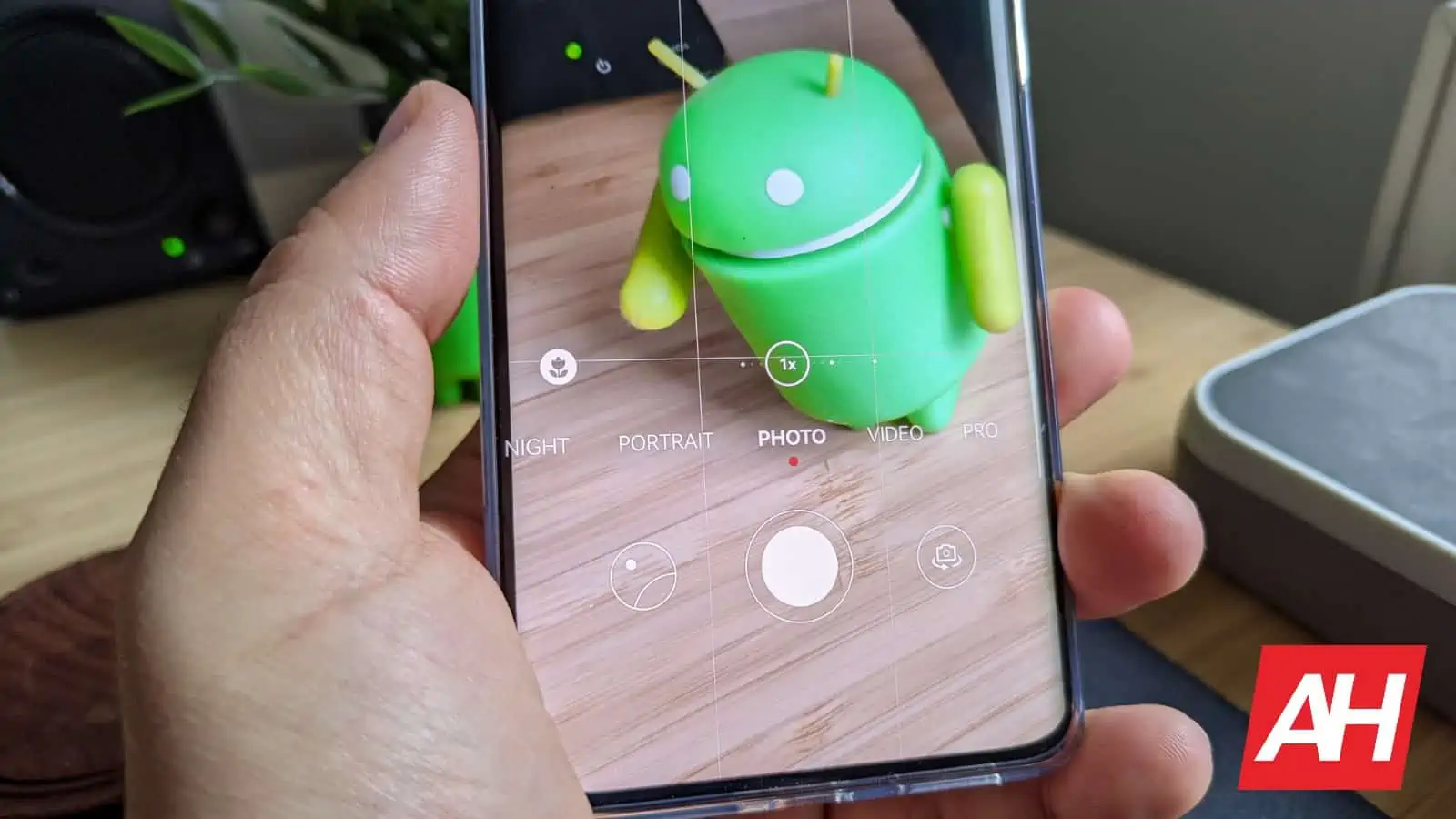
The phone also shines in low light, even in auto mode
What about low light for the main camera? Well, the quality is very high, in fact, it’s right up there with the quality of daytime shots. You don’t even need to use low light mode here, actually, even though one is included. Only if you’re in really pitch dark situations it can help, otherwise, simply let the phone do its thing. The images will end up looking more lifelike, and less yellowish if you keep it on auto mode. Best of all, the phone is really fast to take those shots, as you’re not using night mode. I cannot emphasize how great that feels.
The phone simply lowers the aperture to f/1.4 for low light shots, and you’re getting almost no noise, and plenty of detail as a result. The colors are excellent, and so is the dynamic range. It also manages to keep images contrasty, which is hard to do in such conditions. If you do opt to switch to the low light mode for some shots, you’ll have to wait for a couple of seconds for the phone to take the shot, which is not bad either.
Ultrawide camera
For the ultrawide camera, the Huawei Mate 50 Pro uses a 13-megapixel sensor, which sits behind a 13mm f/2.2 lens. It does support autofocus, and it’s also used for macro shots. Now, the results from this camera are also great. You’ll get a great amount of detail in daylight, and almost no noise, or now noise in some cases. It also offers great dynamic range, and good contrast. On top of everything, it keeps the colors in line with the main camera. We did have one major issue, though, with focusing. The ultrawide camera does great in most cases, but in some scenes, it simply refuses to focus, at least in a timely manner. It focus-hunted quite a few times, which can be annoying. That’s the only downside, though.
In low light, it does a good job, in most cases. You’ll get a bit less detail than from the main camera, and you will need to reach for the night mode more often. It’ll take the phone about 4 seconds to take such shots with the ultrawide camera. You will get more detail and sharper images overall if you do that, however. The images won’t look as nice as from the main camera, though.
You can use it for macro photography
Where this ultrawide camera truly excels, however, is macro photography. It automatically switches to the macro mode, which you can switch off directly from the viewfinder. Now, the macro mode works really well, though if you really want to take great closeups, you can simply switch it off and get up to 3cm from a subject. That’s how you’ll get truly amazing results. If you really do need to get closer, though, you can use the macro camera. As I said, it works really well, but not as great as without it. Either way, this is one of the best implementations I’ve seen. Do note that the macro mode doesn’t work well in low light, of course.
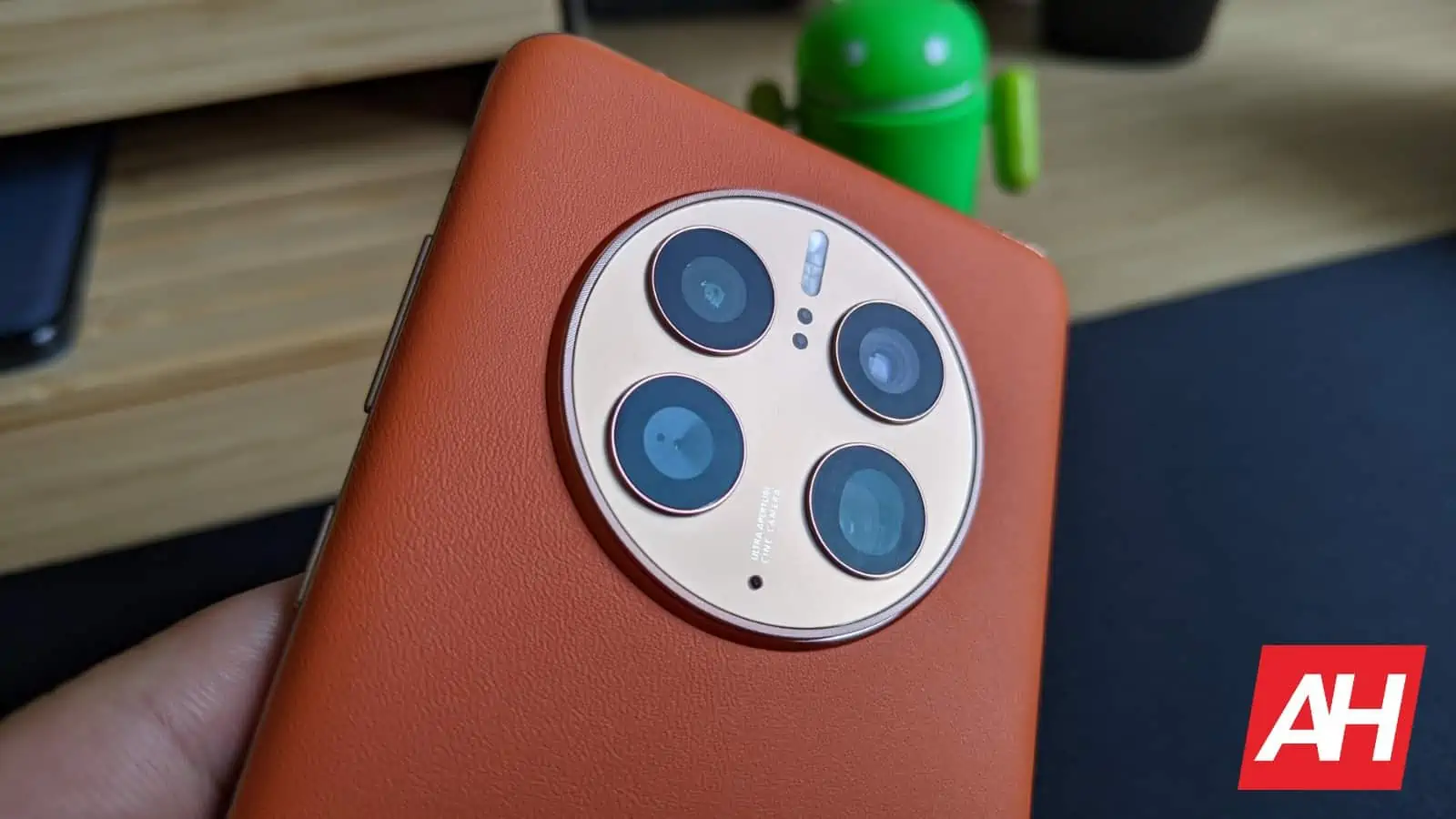
The telephoto camera is good enough
The Huawei Mate 50 Pro uses a 64-megapixel telephoto camera. You can tap between 3.5x and 10x zoom on the viewfinder, or simply zoom in manually. The phone actually does a great job up to 10x. Photos above that are usable, and in some cases, even good, but up to 10x is the sweet spot. The quality, of course, won’t be the same as with regular shots, as you’ll get less sharp photos, but there’s not much to complain about here. Do not hope to take great-looking zoomed-in shots in low light, of course, that’s where every camera takes a step back, even though at times those are also usable.
The images from the selfie camera are great, especially in good lighting. The same goes for the portrait mode for the main camera. Neither of these will disappoint, and you can get some great-looking shots. The loss of the Leica partnership is not really reflected on this phone, as Huawei managed to figure things out. Its XMAGE camera system is truly outstanding. I did find myself using the main camera (and ultrawide for macro photos) for over 95% of the time, as it’s that good.
The Huawei Mate 50 Pro also does a great job with video recording
When it comes to video recording, the Huawei Mate 50 Pro can record at up to 4K at 60fps with all of its cameras. You get OIS on main and telephoto cameras, while IES is present on all cameras. The results from the main camera are excellent. Even when it comes to intricate details with foliage, it did great. The contrast, colors, and everything in between is good, the same goes for stabilization. The ultrawide camera did a great job as well, though the colors were not consistent with the main camera. You can also use the telephoto camera for video, just don’t zoom in too high, as the quality decreases faster than it does for photos. If you plan on using video recording in low light, I’d recommend sticking with the main camera, as it does an amazing job.
Camera samples:
Huawei Mate 50 Pro Review: Software
The Huawei Mate 50 Pro ships with Android 12, and Huawei’s EMUI 13 skin on the global version. It does not have Google services, but it does come with HMS, Huawei’s very own alternative. Let’s get that out of the way first, shall we. If you’re an avid user of Google services, chances are you won’t be interested in this phone. If you use a couple of apps, and you need them from time to time, there are emulators such as GSpace that do a good job. There’s also a Lighthouse app which is only available in some regions at the moment, but we were unable to test it out at the moment.
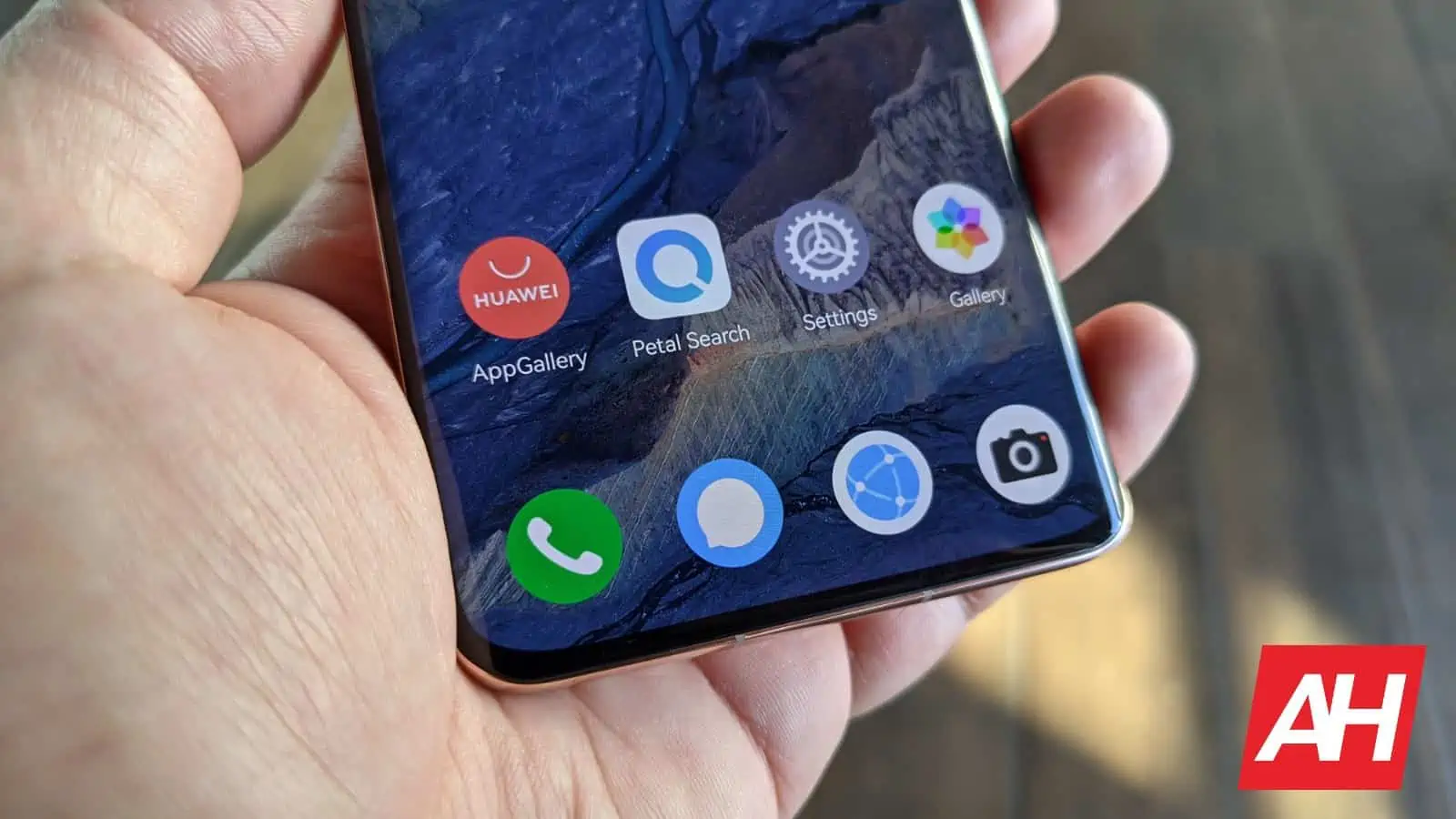
If you’re not addicted to Google apps, there are a ton of apps available in Hauwei’s AppGallery, though there are still a lot of popular ones missing. You’ll be able to sideload many of those, and they will work fine, unless they specifically require Google services in order to work. You can get them thanks to Huawei’s Petal Search, which will search some APK repositories, such as APKPure. You can always grab the APK Mirror app, and so on. I managed to get everything I needed running on this thing, except for Google apps, natively. GSpace did a good job, but not perfect. I was unable to update some apps, and it did drain the battery more than I’d like, so I quickly got rid of it.
EMUI 13 does pull some inspiration from iOS, for better or worse
EMUI 13 on its own works really well. Unfortunately, though, Huawei opted to separate the notification shade from the quick toggles shade, as did Apple. So, you’ll have to swipe up from the top-left side in order to access your notifications, or use the lockscreen for that. Double-tap to lock is not available, but there’s a screen lock widget in the system. You also cannot swipe down anywhere on the screen to access the notification shade, as that action launches an app search, and there’s no way to change that.
EMUI 13 does offer stacked widgets, unlike most Android phones, and it has some great widgets in general. It has advanced folders which you can utilize in order to stuff a ton of immediately-clickable apps in there, without even opening folders. You can even supersize folders, if you want. Let’s just call them smart folders.
The always-on display feature is available
The always-on display feature is available, and you can also download different AOD themes if you want. The ‘Super Device’ functionality is also available, which will come in really handy if you have more than one Huawei device. There also some customization options for the homescreen as well, and a number of Huawei apps. Apps such as Gallery, Music, Health, File Manager, Petal Maps, Browser, and more are available. AI Lens, AI Touch, Tips, Today, and Search functions are also on offer. Huawei’s theme store is also on offer, and you can also minimize apps into windows, and use split-screen mode if you want. There are some useful gestures for that. We’re only scratching the surface, EMUI 13 does offer a lot of functionality and it’s really fluid.
Huawei Mate 50 Pro Review: Biometrics & IR blaster
The Huawei Mate 50 Pro does come with both facial scanning and fingerprint scanner biometric security functions. The thing is, unlike the vast majority of other Android devices, the Mate 50 Pro does offer advanced, 3D facial scanning, more similar to what iPhones offer. That is the main reason why it has a notch up top. You’ll be glad to know that using its facial scanning is great, and I used it way more than a fingerprint scanner during my review. Not because the fingerprint scanner is bad, not at all, but because I wanted some change, and this served me perfectly.
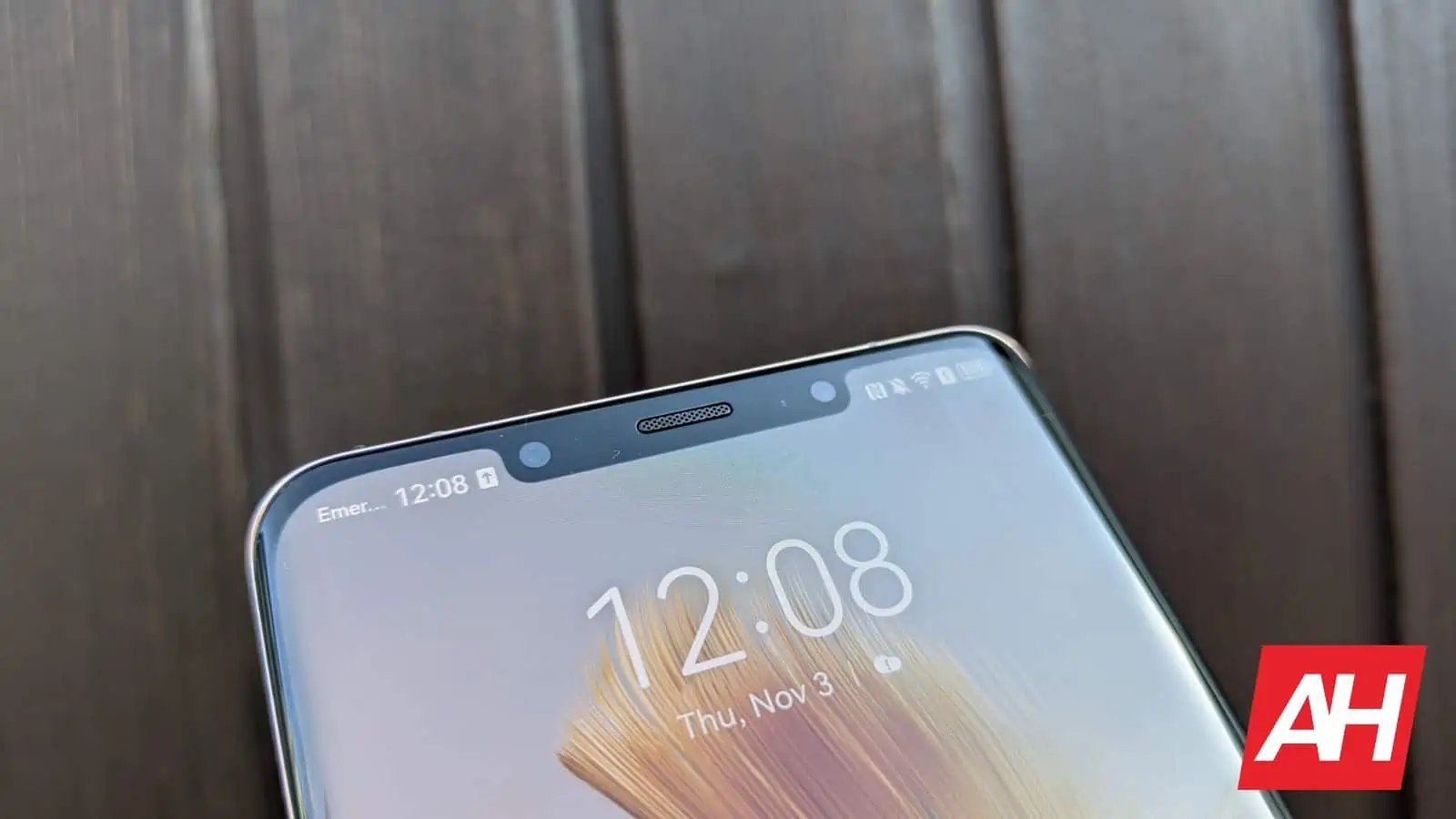
Facial scanning works great in all conditions
Facial scanning works great in both good and bad lighting. Once you set it up, you’re ready to go. You can also choose whether you want the phone to activate it when you pick it up, or not. You can set it to activate once you double-tap the display, for example, which is what I used. You can also set if you want it to unlock straight to your home screen, or hang around on your lockscreen so that you can read your notifications, which is what iPhones do.
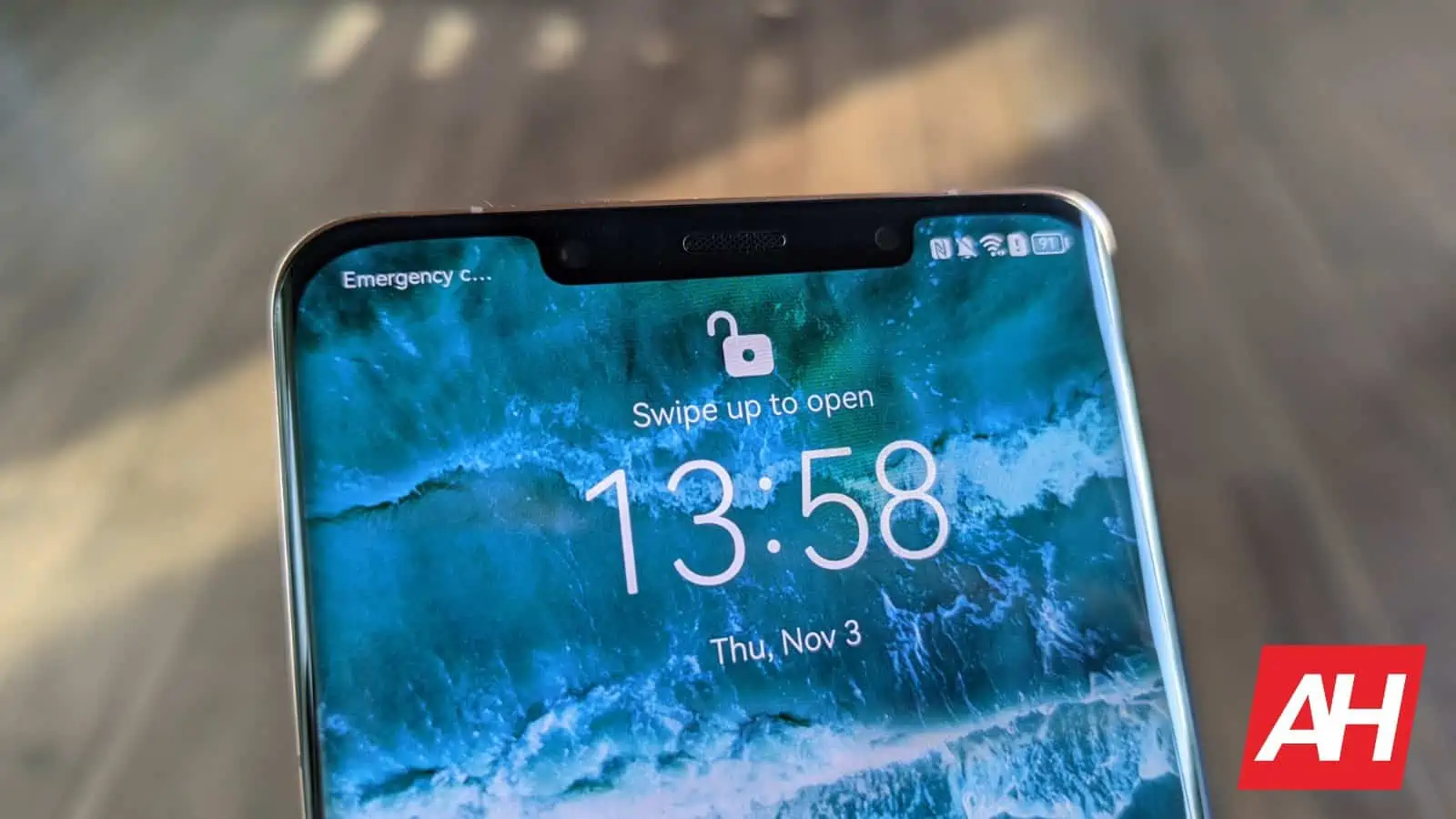
If you prefer an in-display fingerprint scanner, this one is amongst the best ones
Is the fingerprint scanner any good, though? Yes, it’s excellent. Huawei has a lot of experience with in-display fingerprint scanners, and basically never disappoints. It is using a really good optical unit here, and it unlocks really fast, while it’s also quite accurate at the same time. It almost never missed reading my finger. It works as well as OnePlus, OPPO, or Vivo’s implementations do, which is a compliment, as flagships from those companies offer outstanding in-display fingerprint scanners.
So, no complaints here. When it comes to biometrics, the Mate 50 Pro is probably the best-equipped phone out there.
Huawei Mate 50 Pro Review: Should you buy it?
The Huawei Mate 50 Pro is not for everyone, of course. Not a single phone out there is, basically. It does have a lot of positives, but there are also some negatives to consider. We’ve listed both at the beginning of the review, but we also wanted to double down here. Just to help you make a purchasing decision, basically. I’ll highlight who this phone’s for, basically, via the bulleted list below.
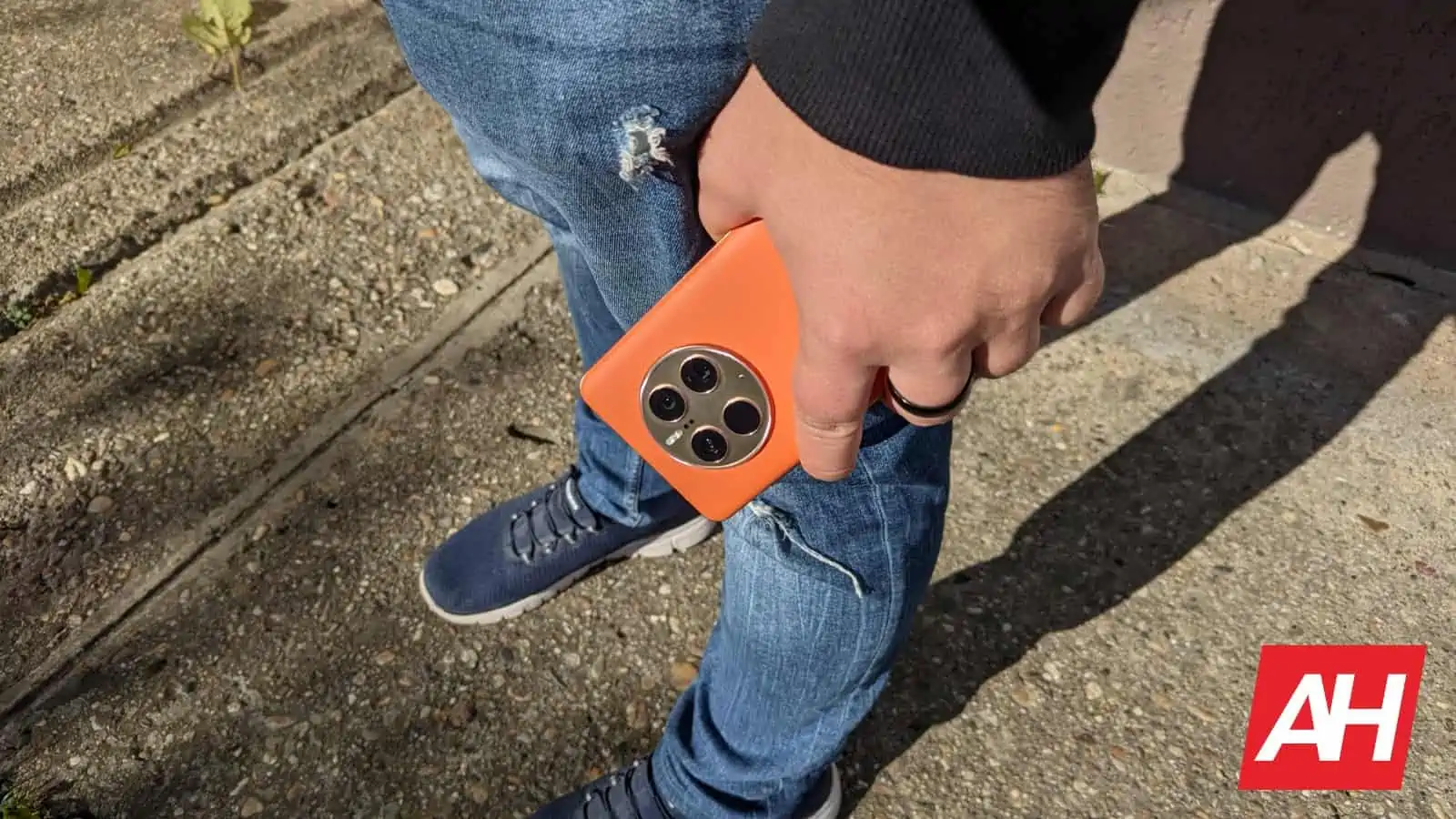
You should buy the Huawei Mate 50 Pro if:
- You don’t really care about Google apps
- You want a phone that is completely free of Google services
- You want one of the best camera experiences out there
- You really liked using Face ID on your past or present iPhone
- You want one of the best in-display fingerprint scanners on the market
- You want a large display in a phone that doesn’t feel as bulky as the competition
- You need immensely fast charging, both wired and wireless
You shouldn’t buy the Huawei Mate 50 Pro if:
- You rely on Google services
- You don’t appreciate larger devices
- You use a ton of apps that are not available in the AppGallery
…
Updated November 4, 2024:
The Huawei Mate 50 Pro is getting a new update which is always nice to see. Two almost two years after our initial review Huawei is rolling out the October 2024 update to the device. The version that is rolling out is EMUI 14.2.0.152, and the rollout has been spotted in Europe. The update weighs 379MB, and it doesn’t bring any major changes to the device. This update delivers the latest security patch to the Mate 50 Pro, while it also fixes some bugs and other smaller issues with the phone, resulting in an even more stable experience overall.

